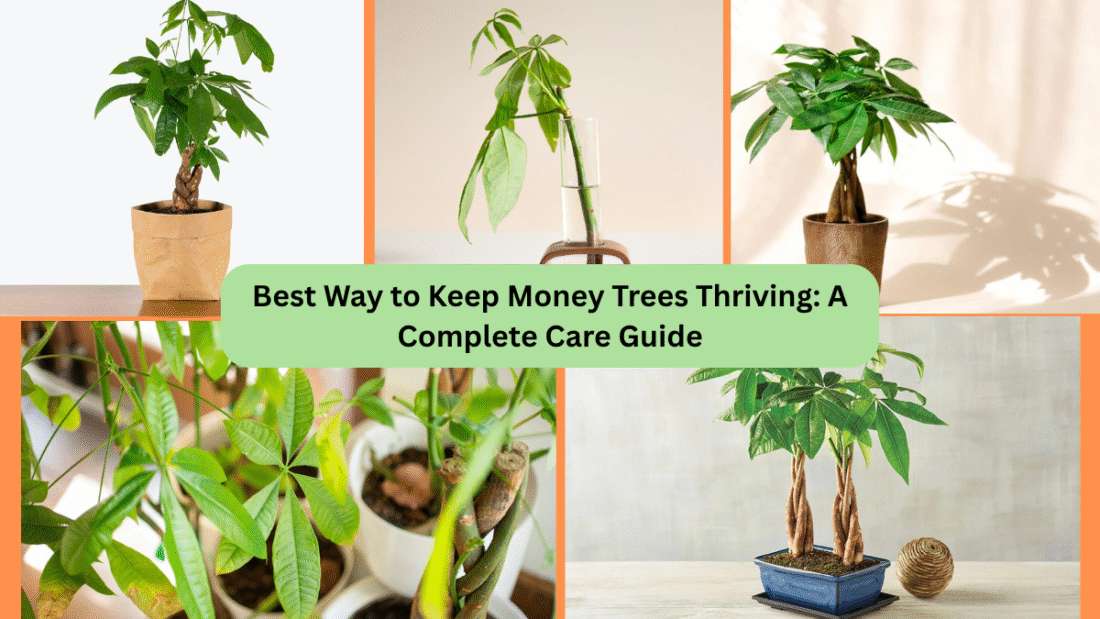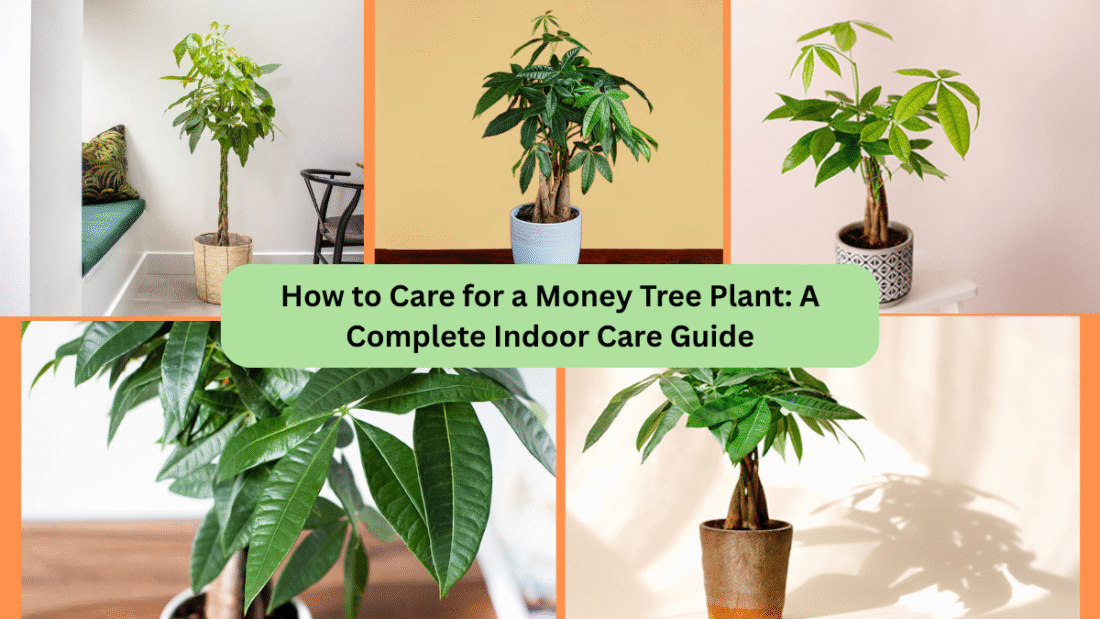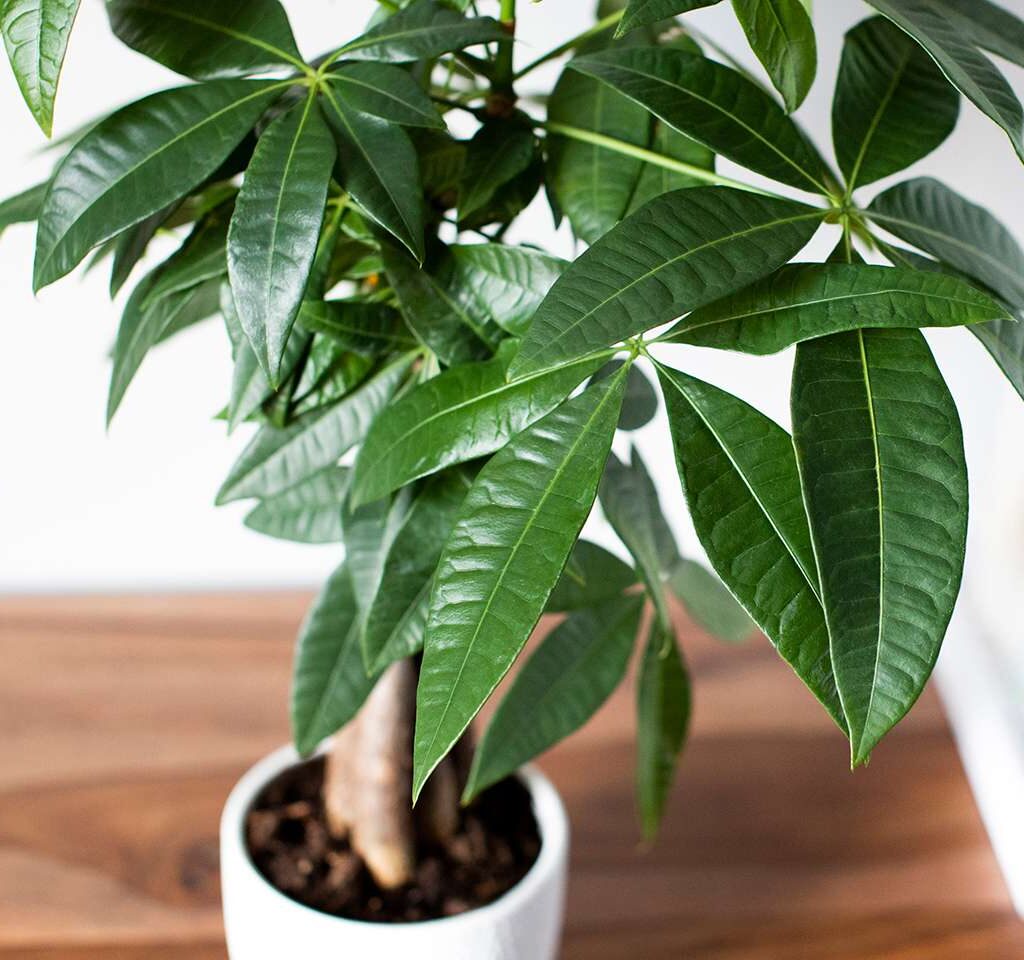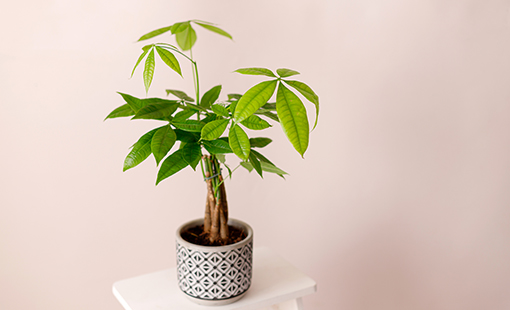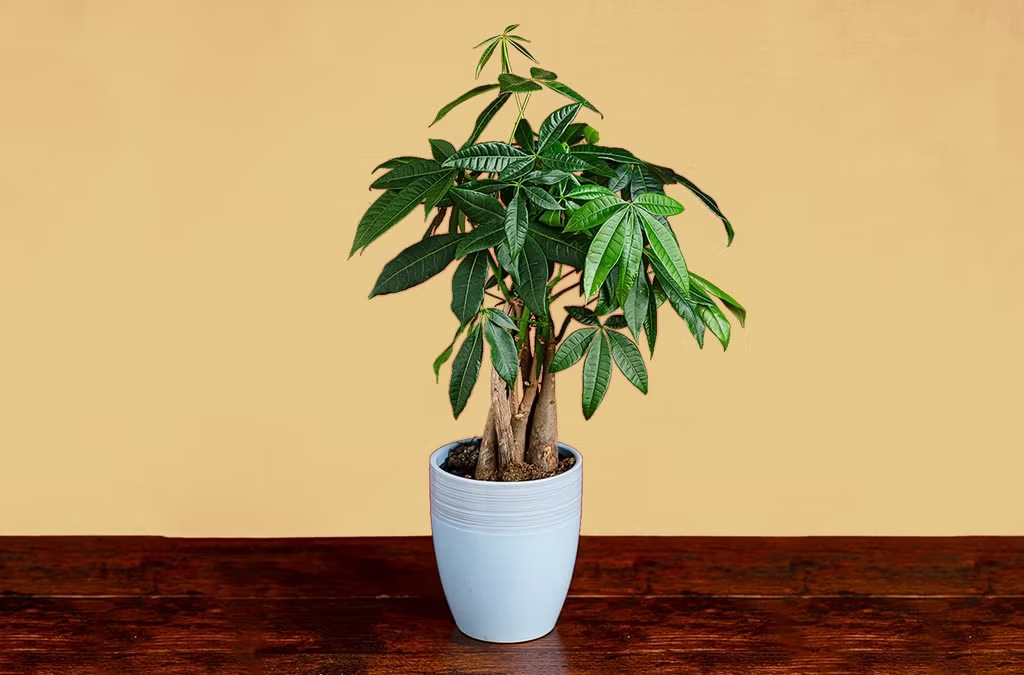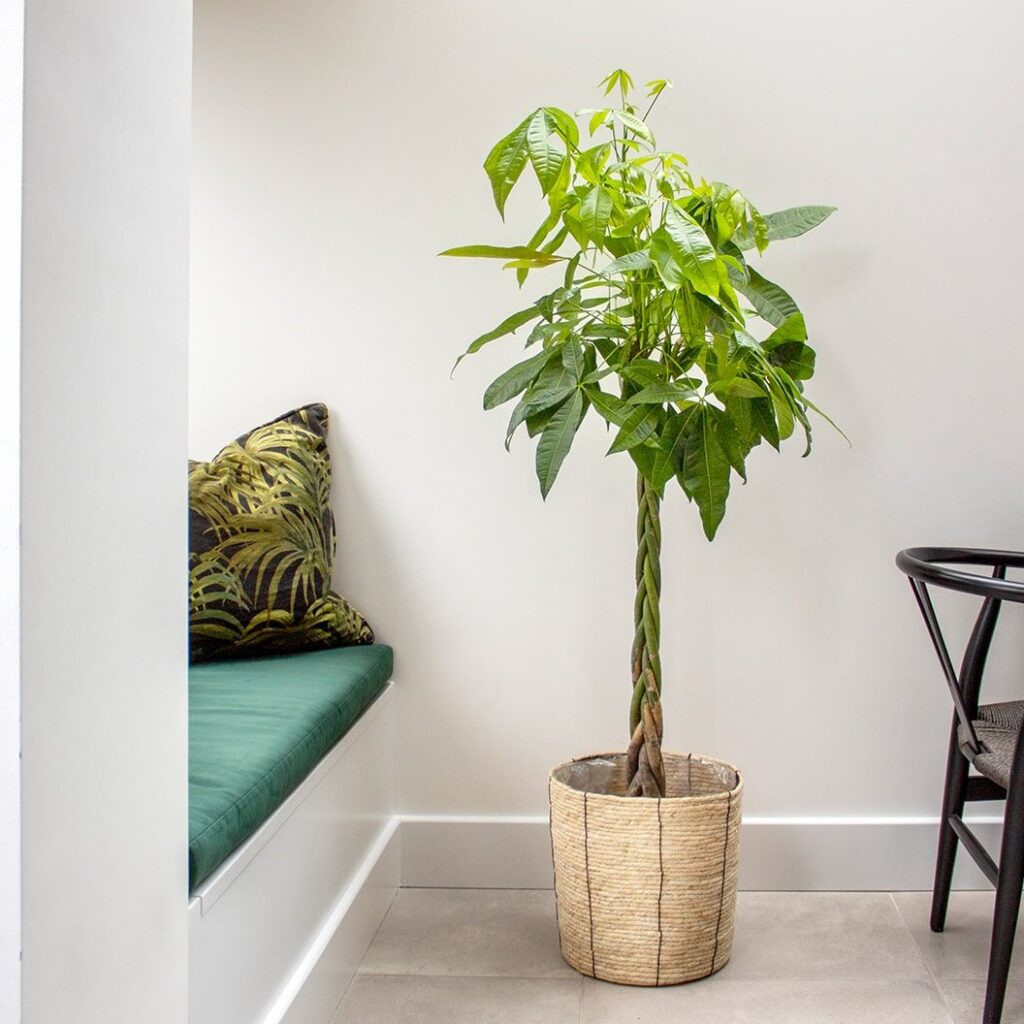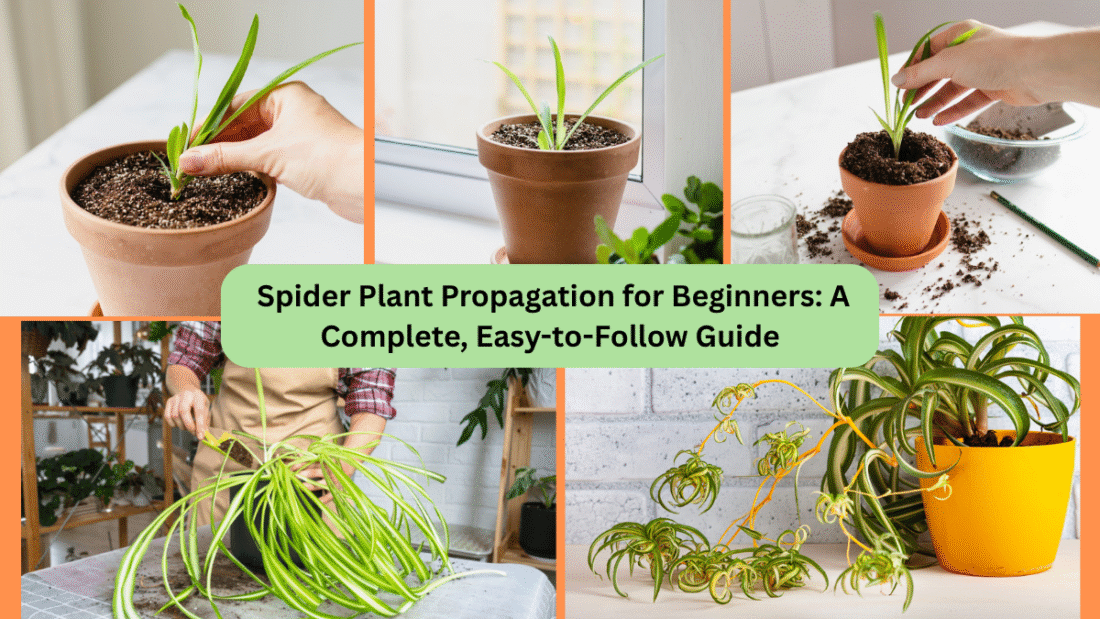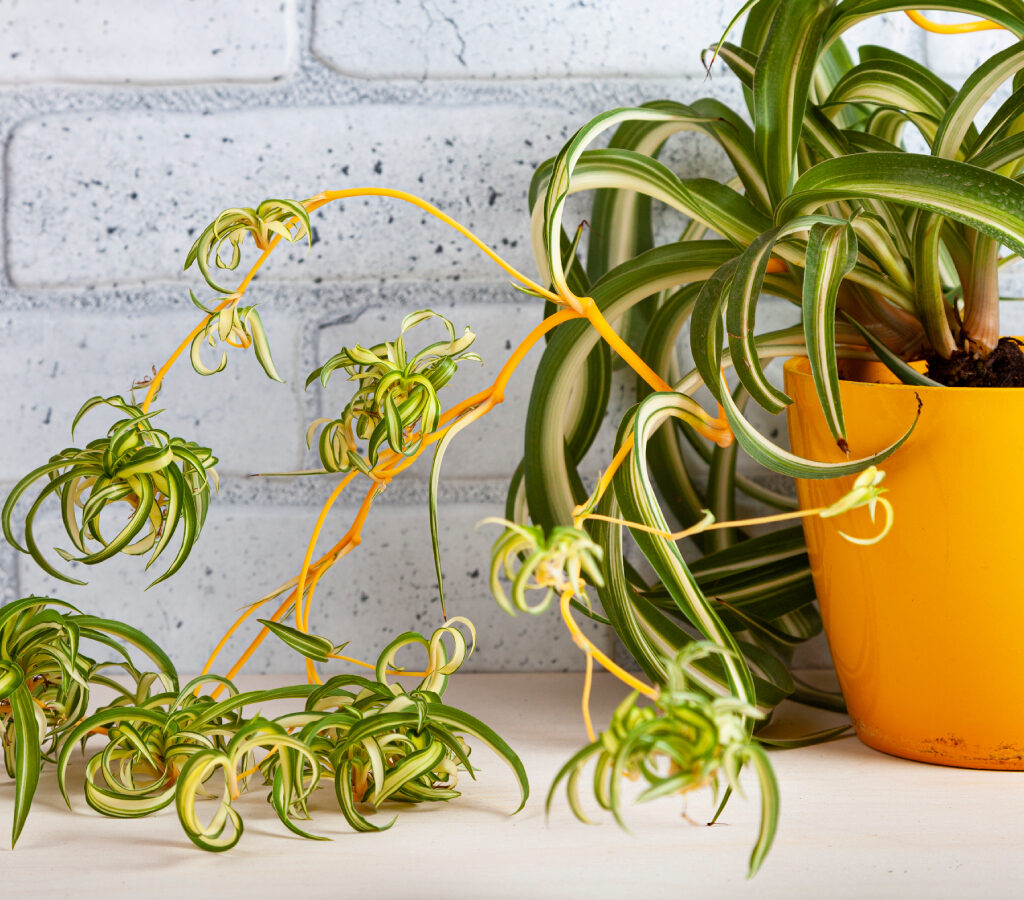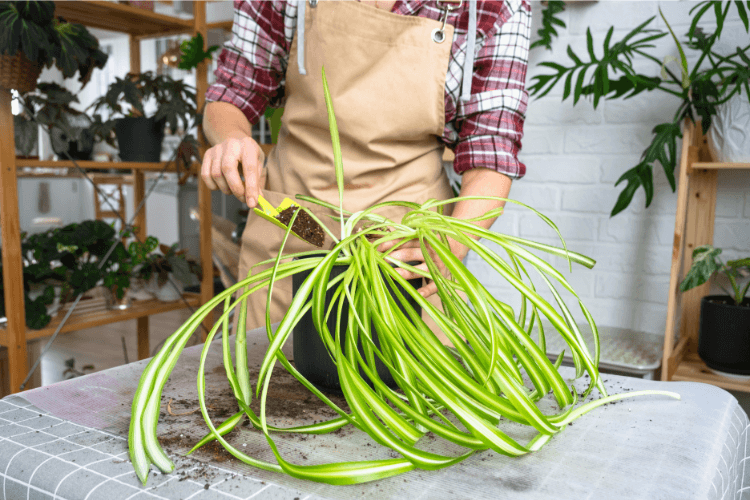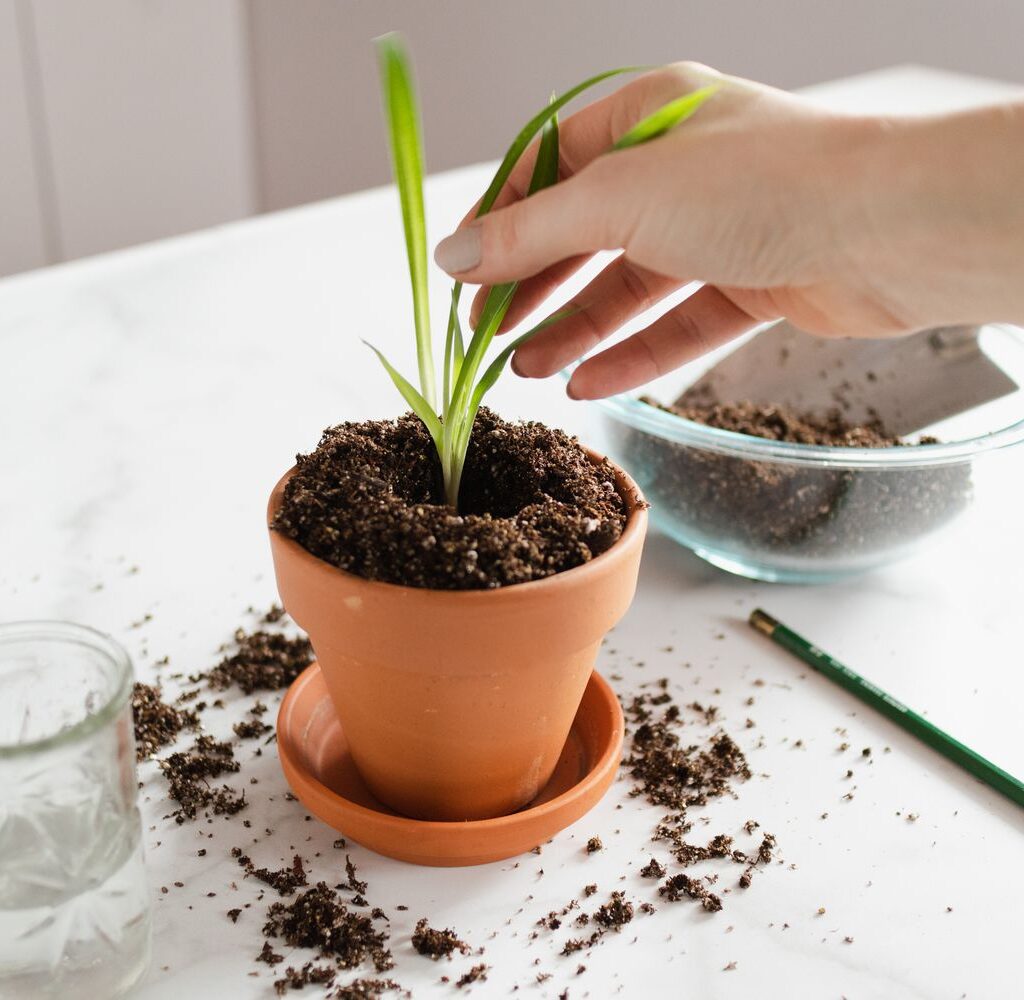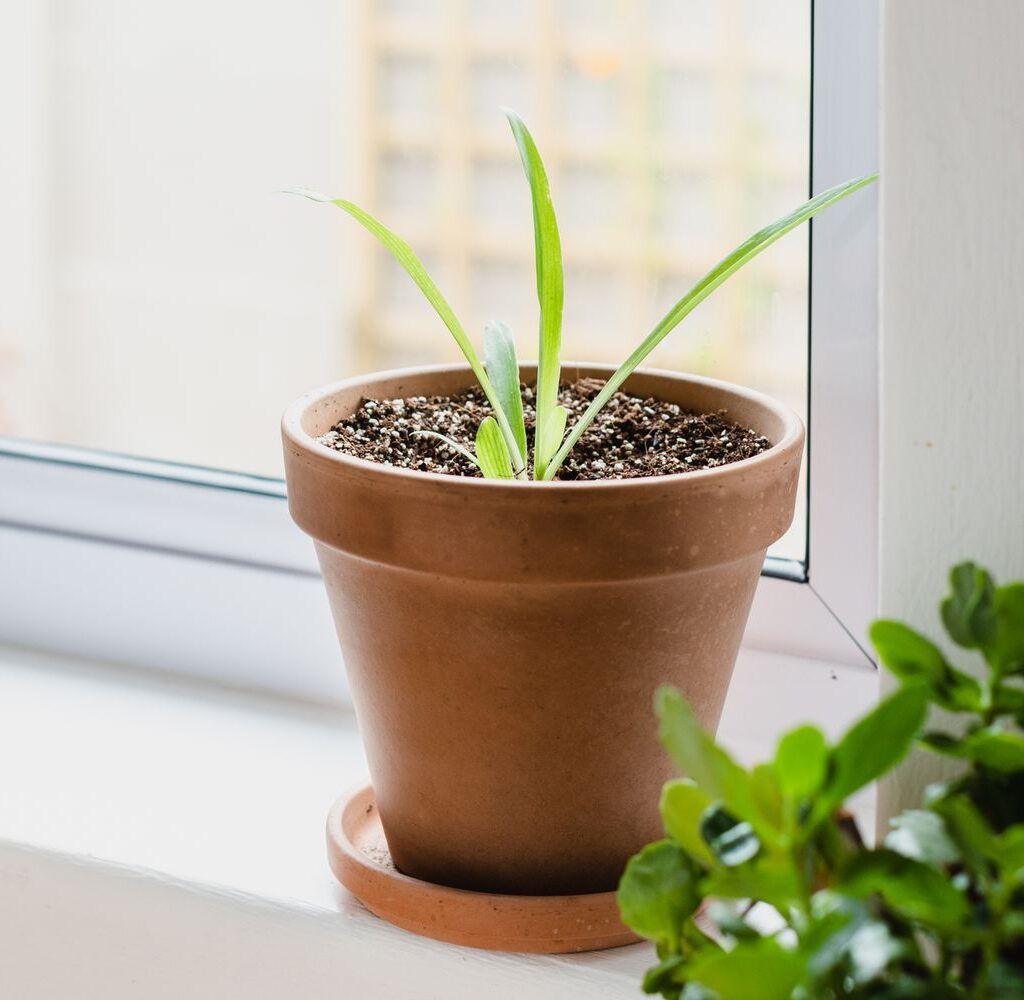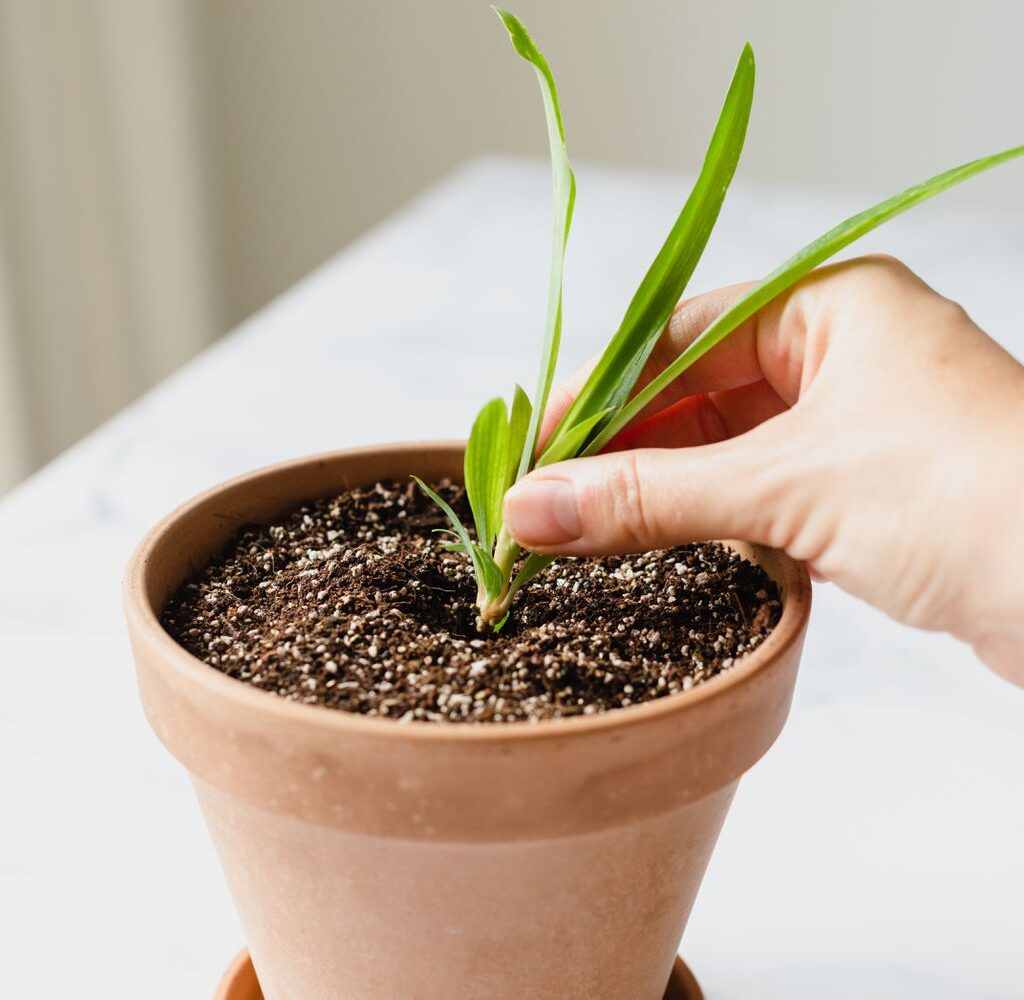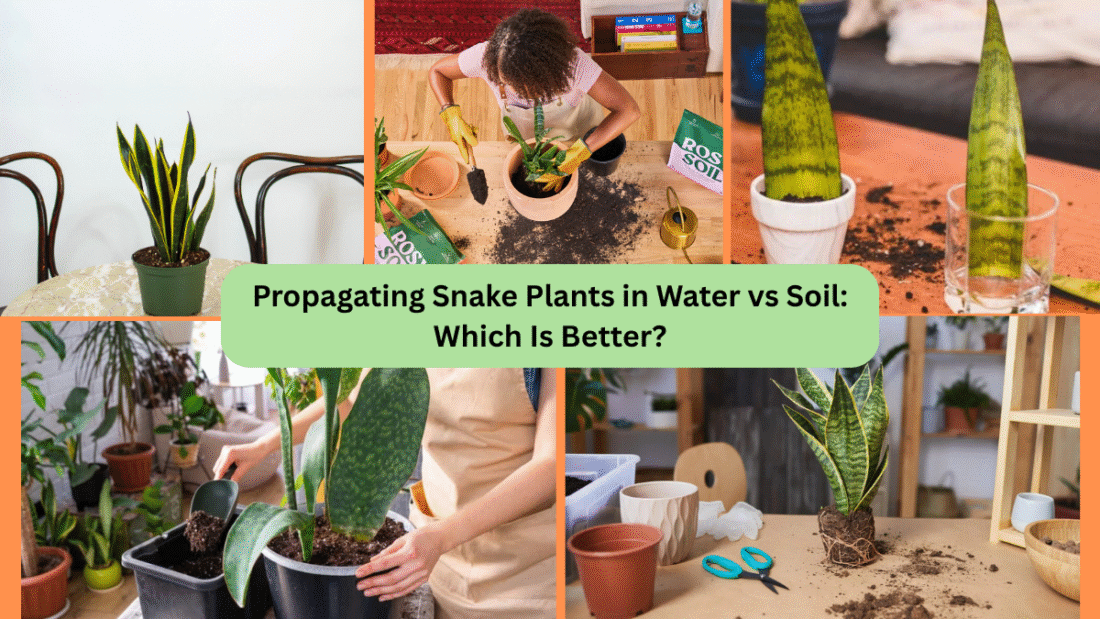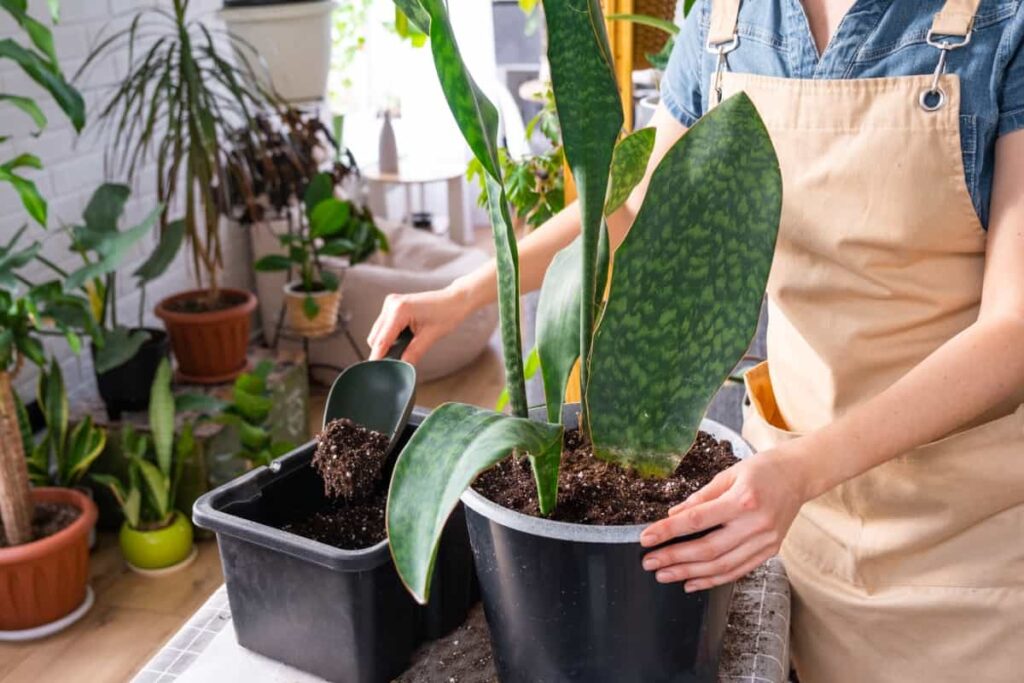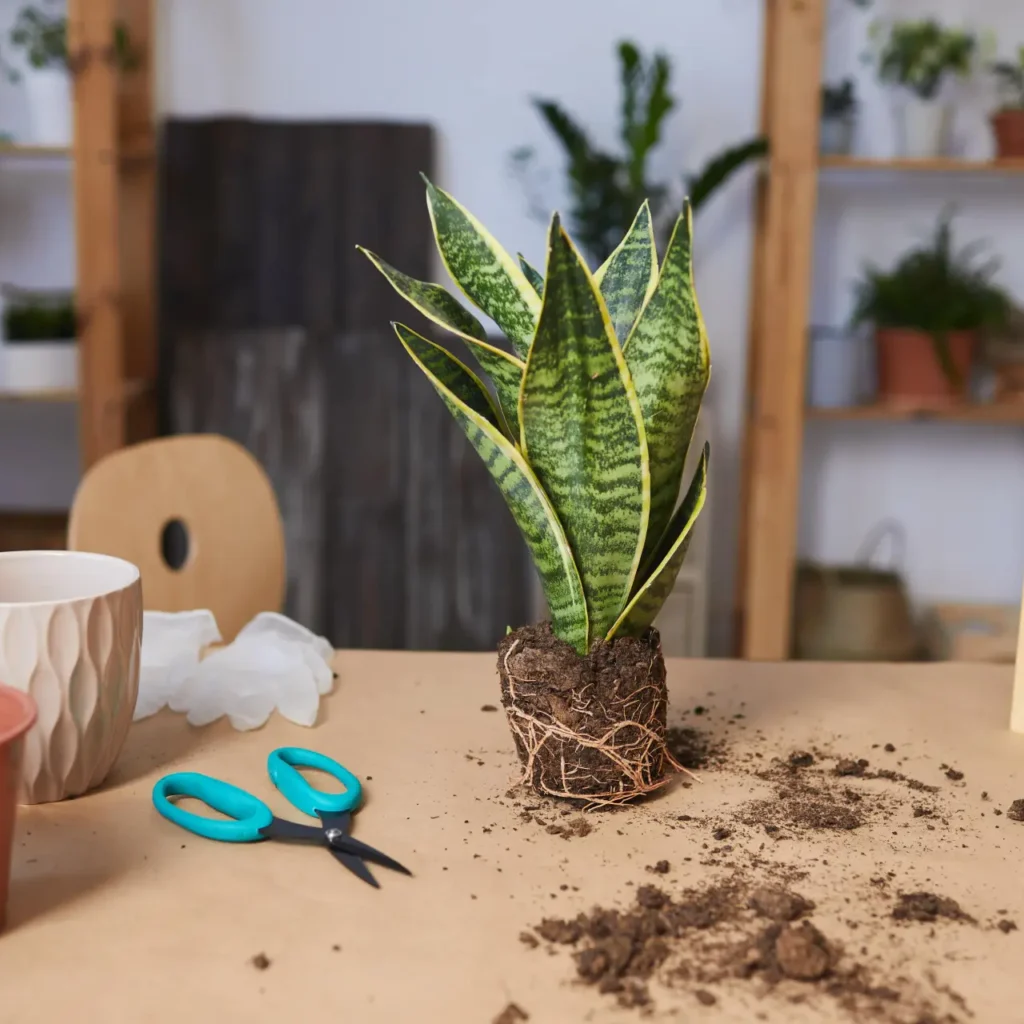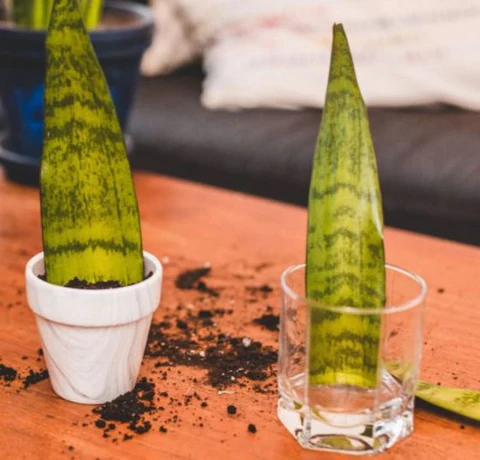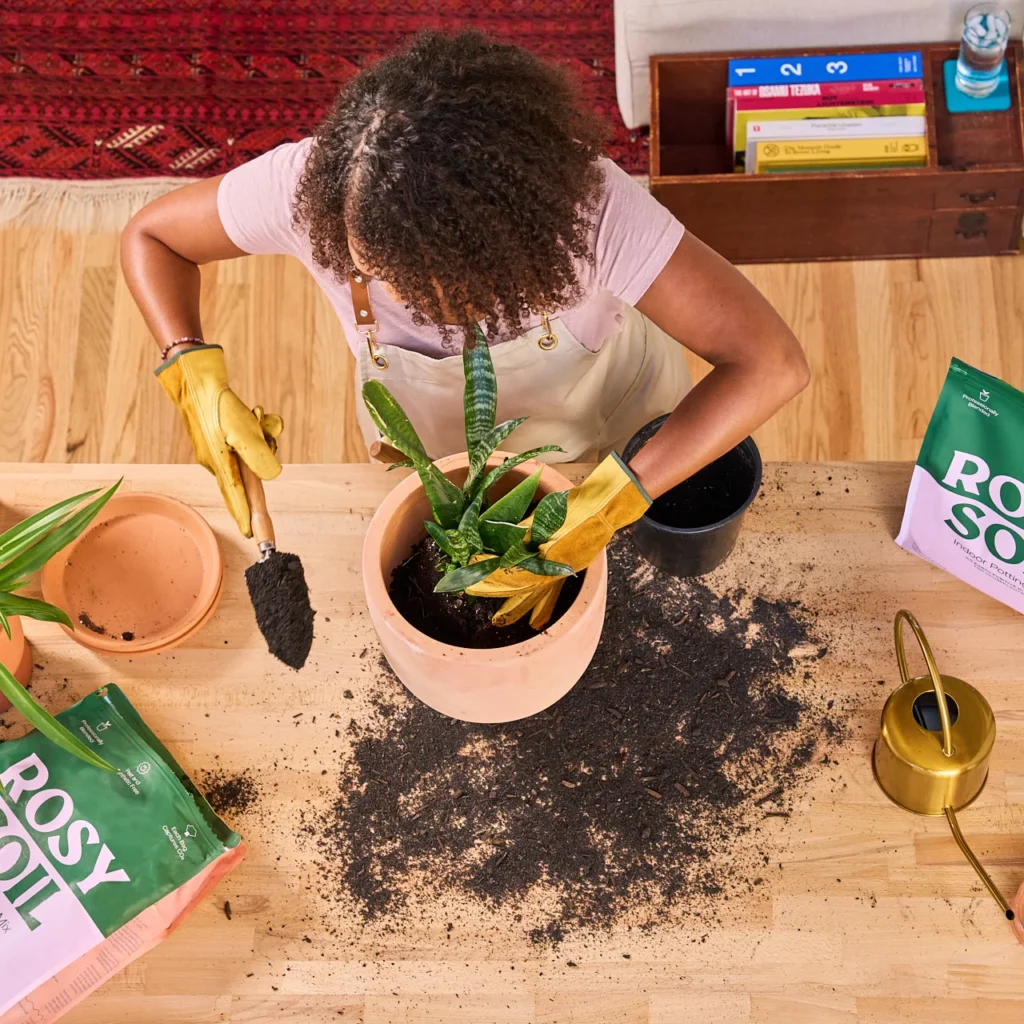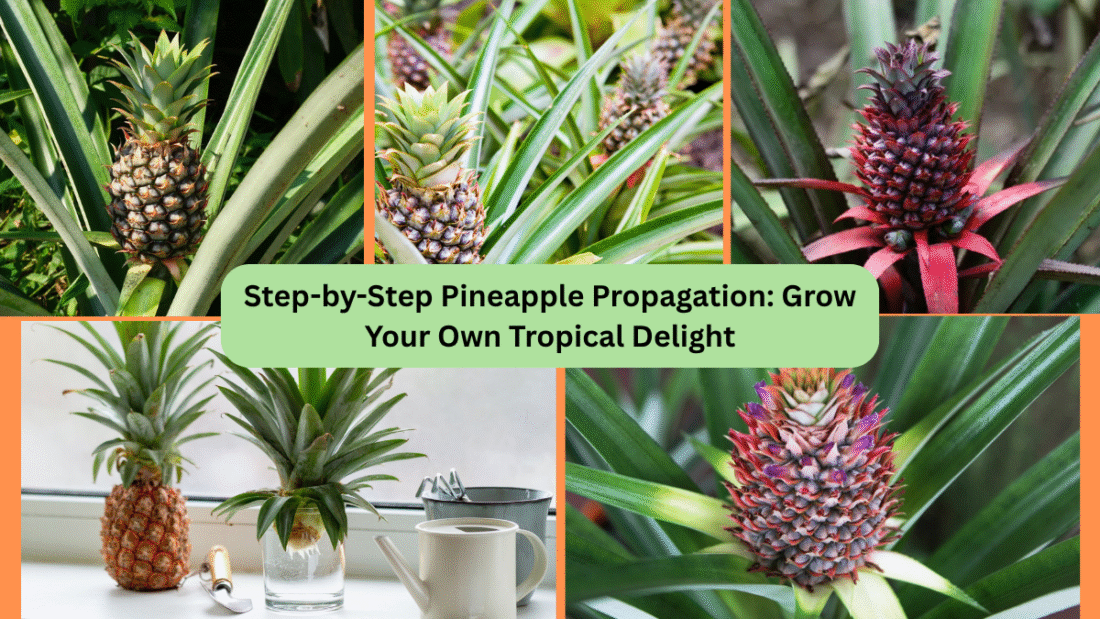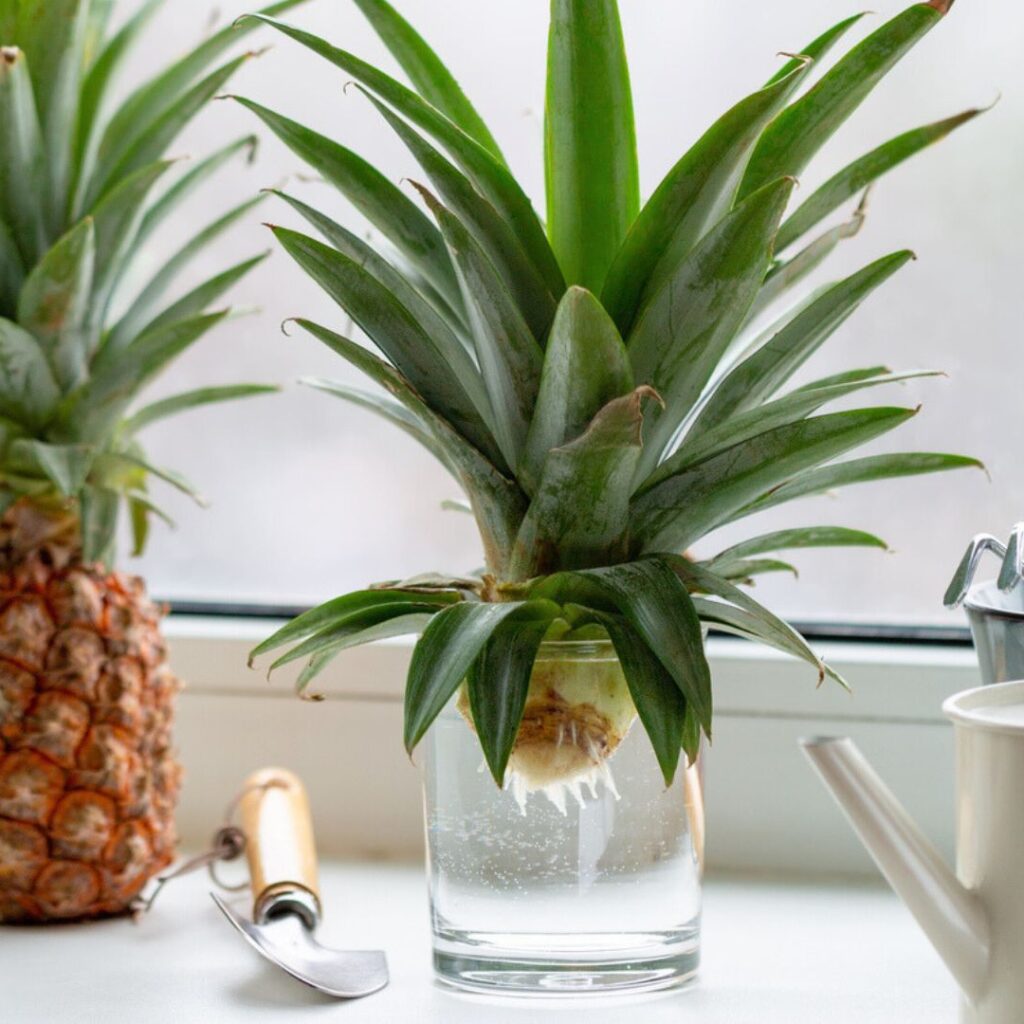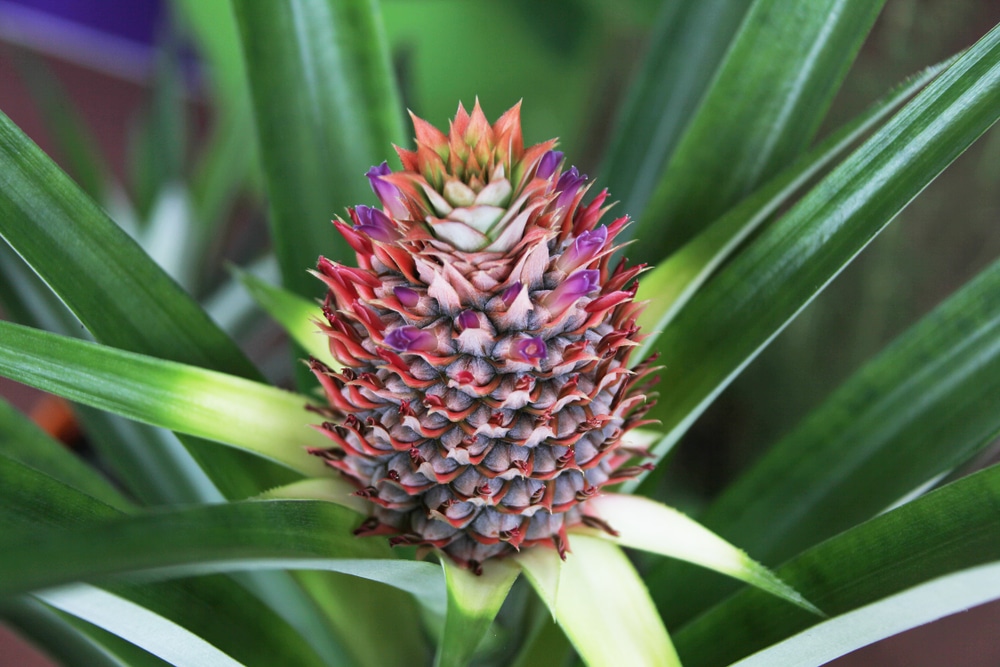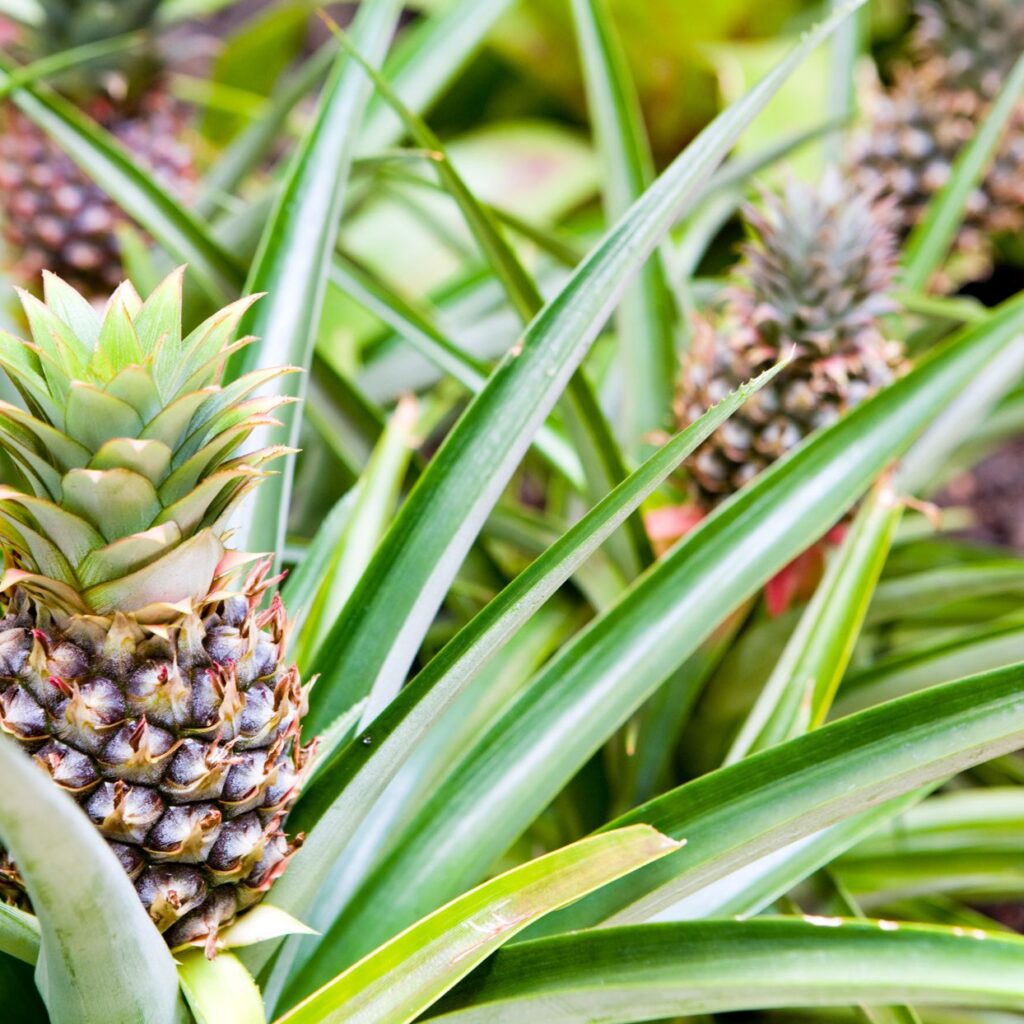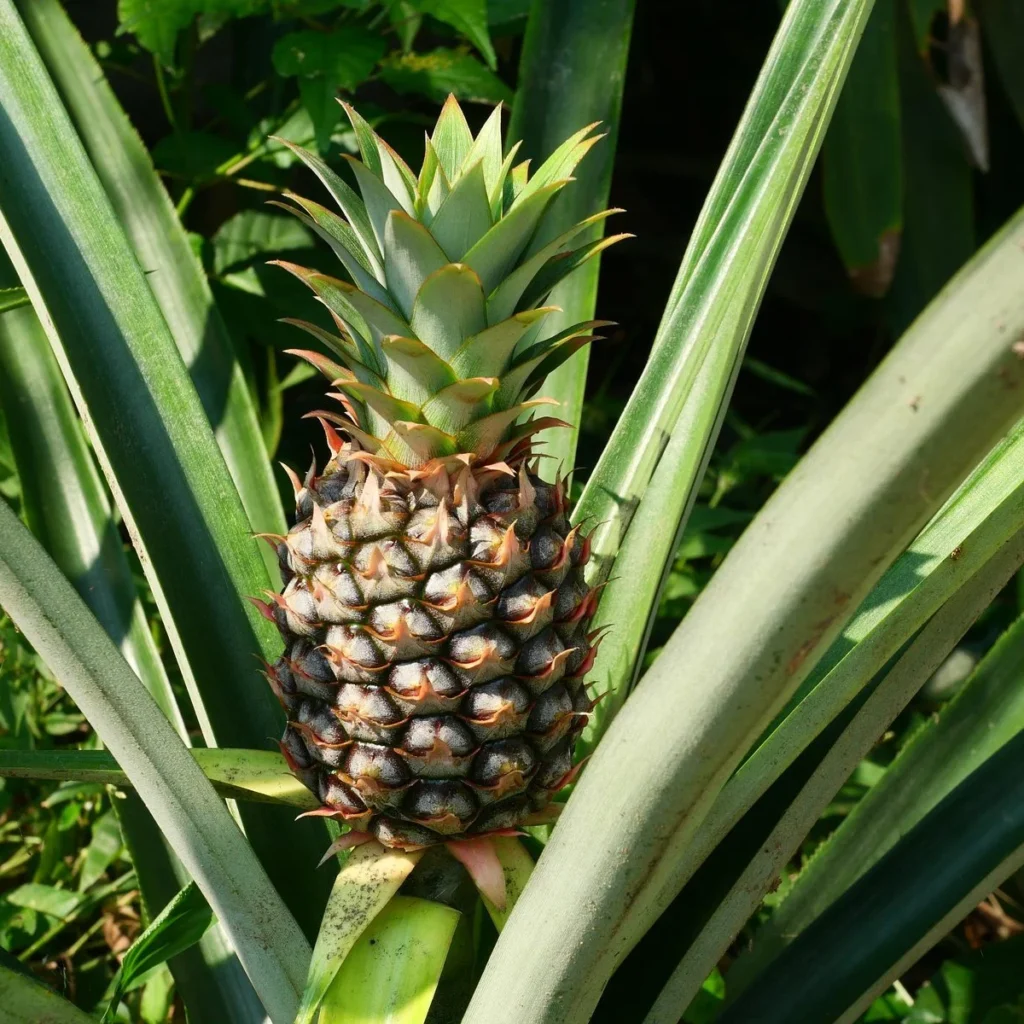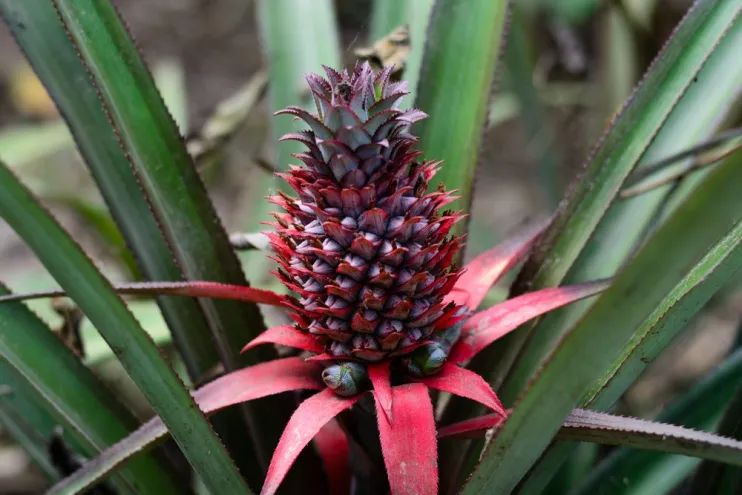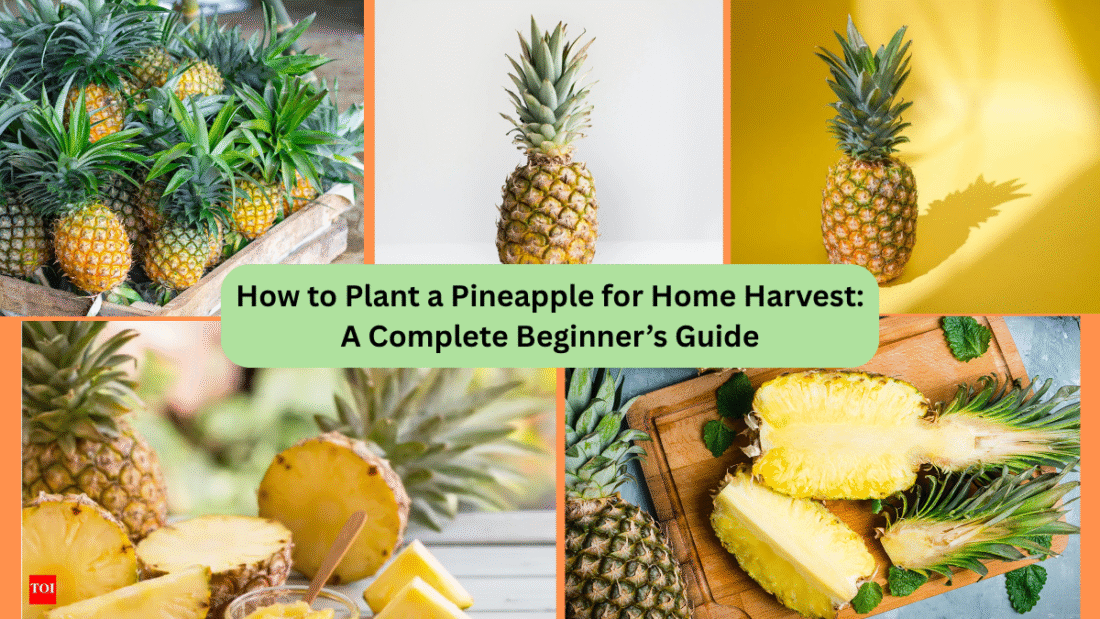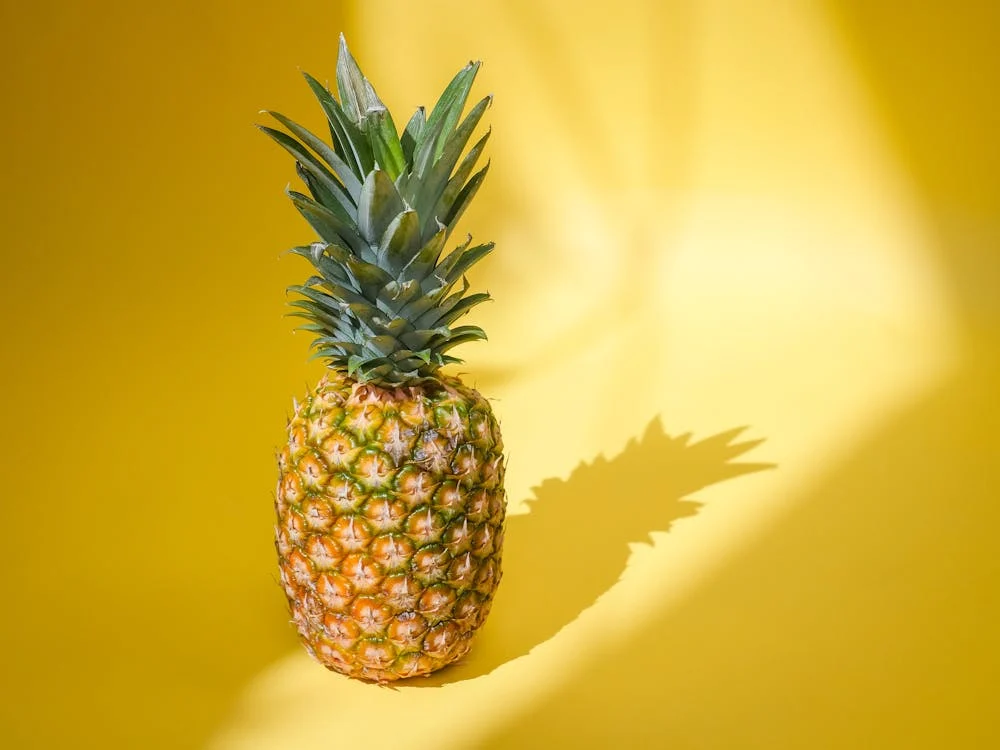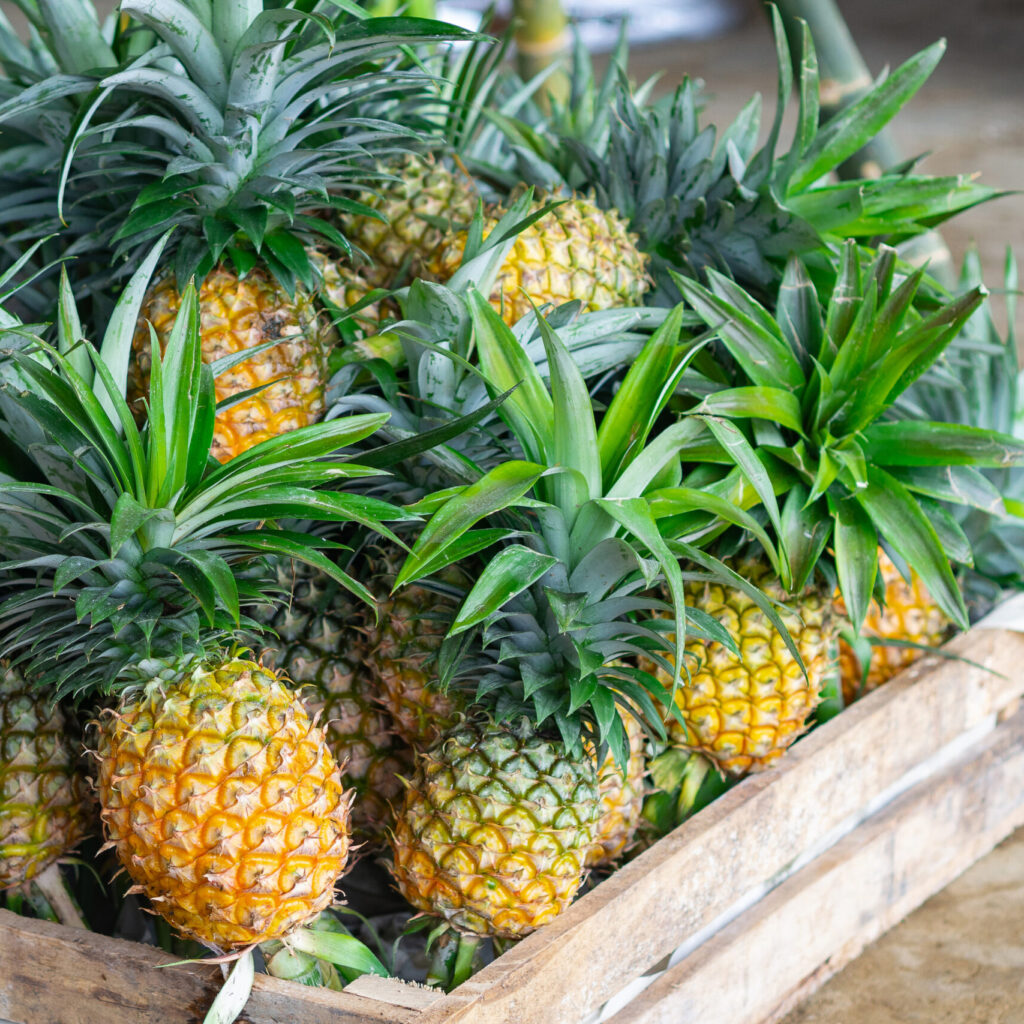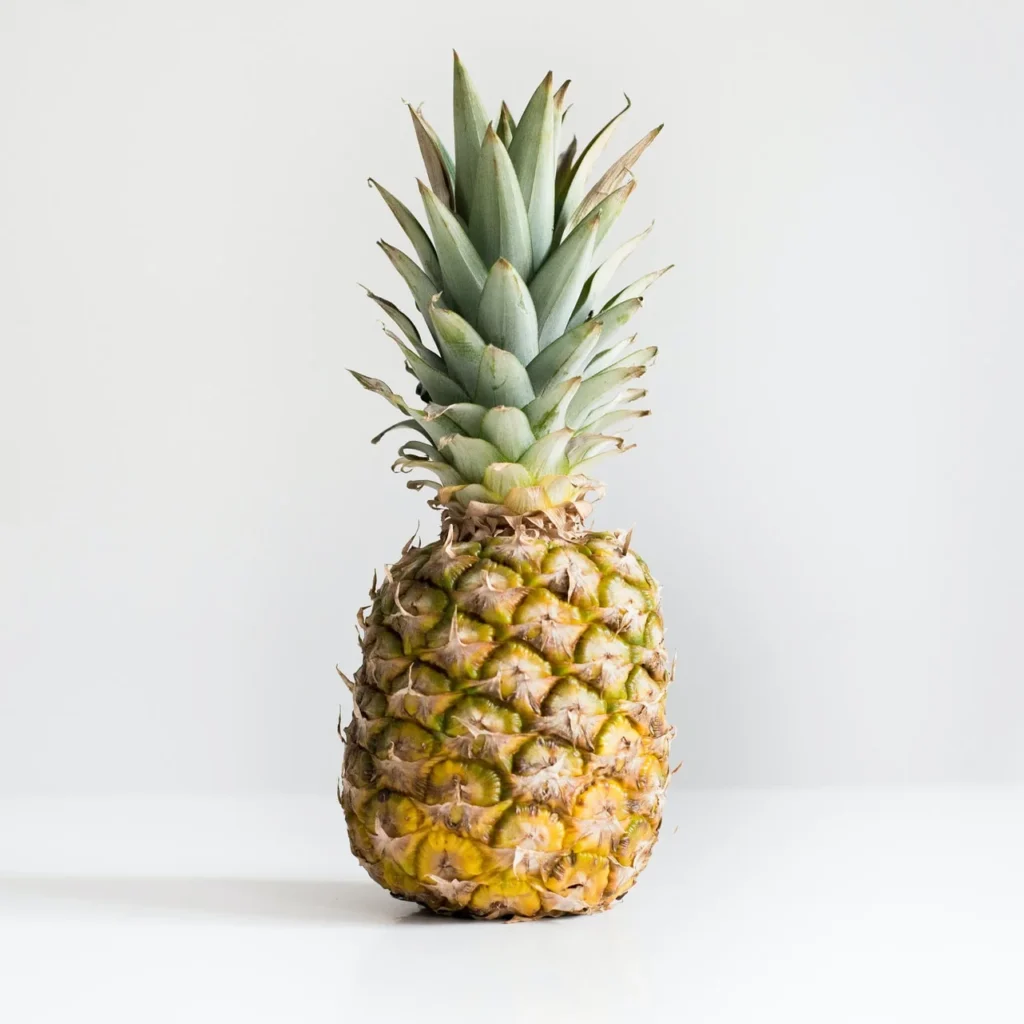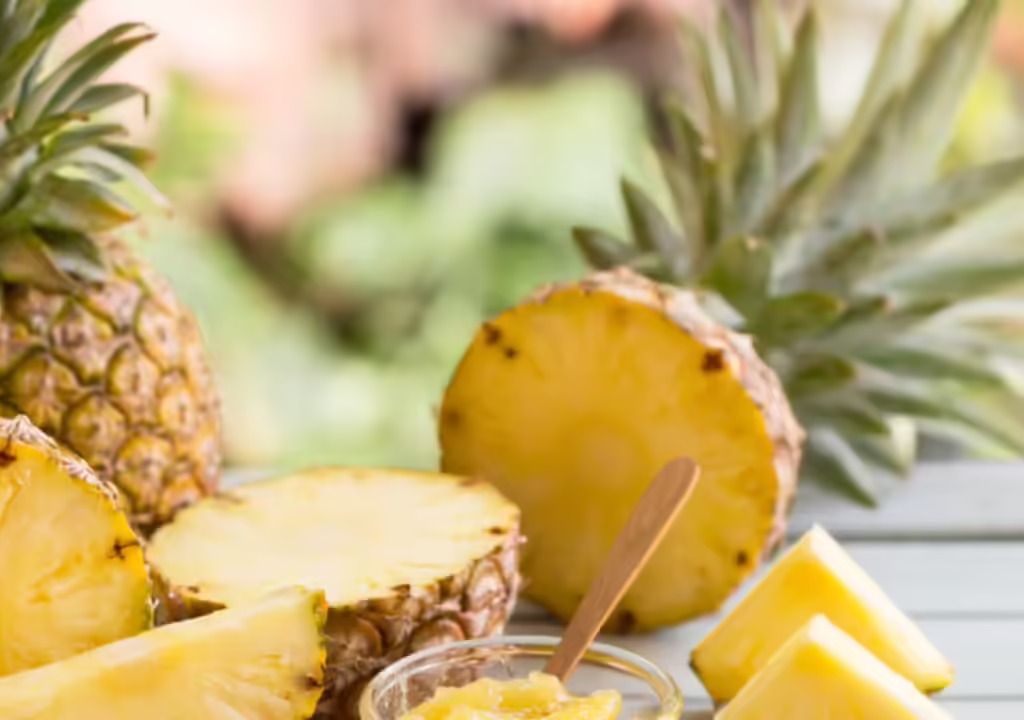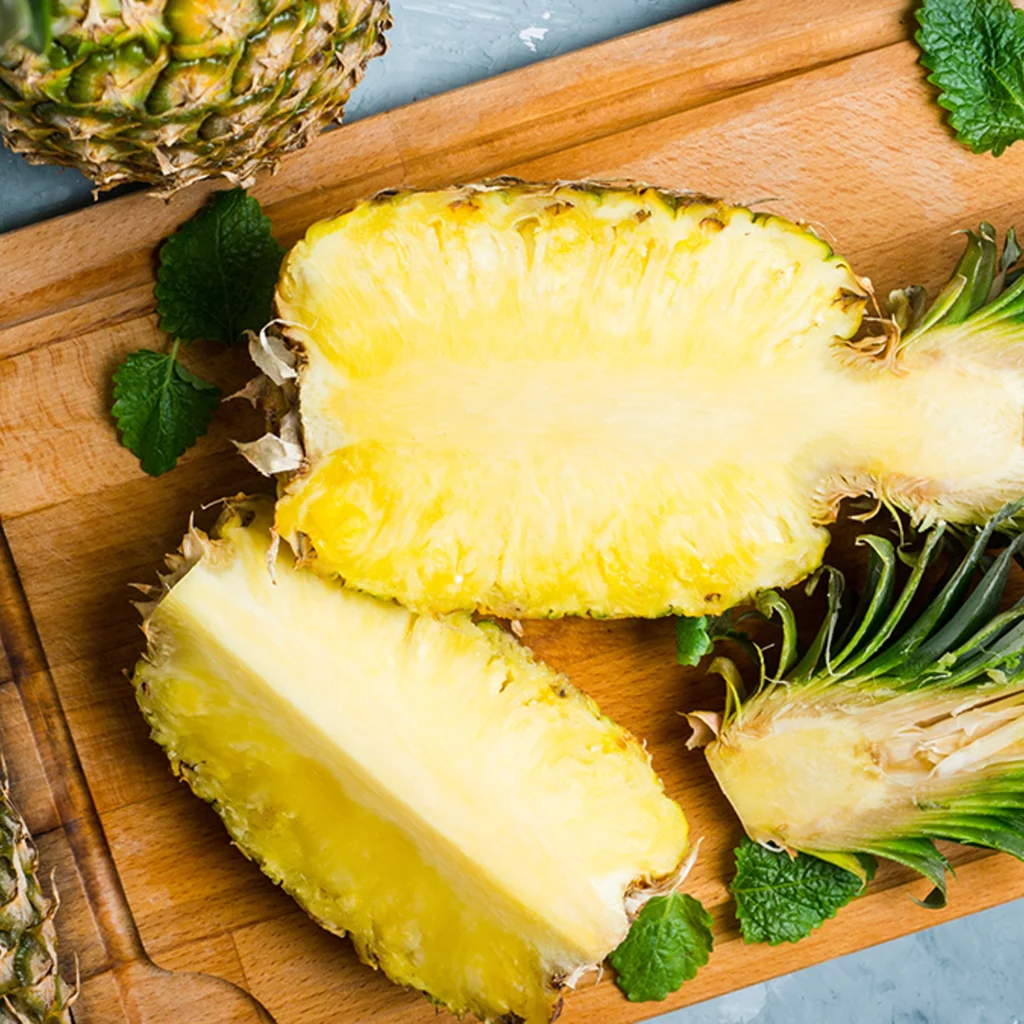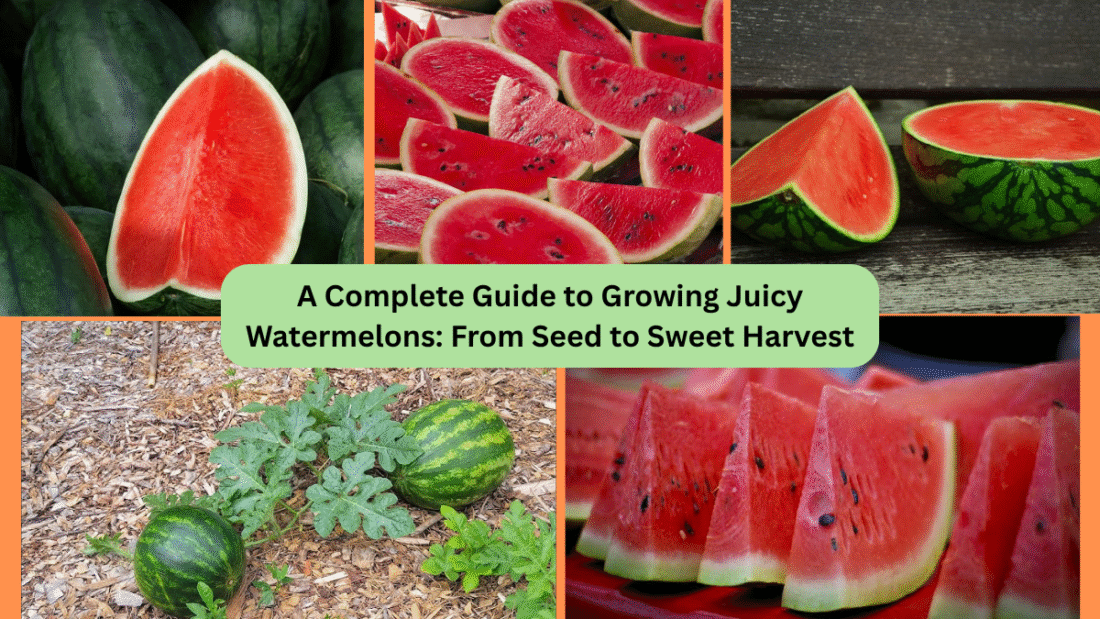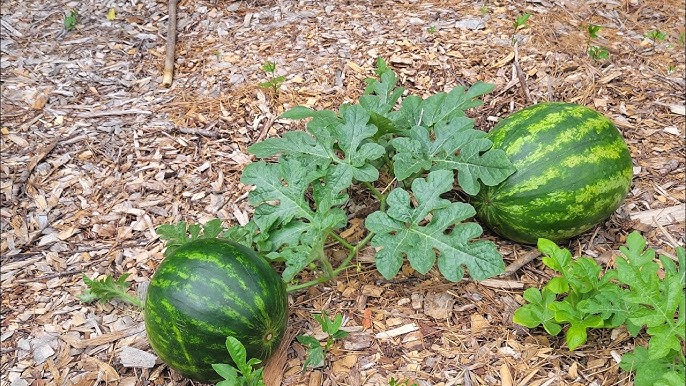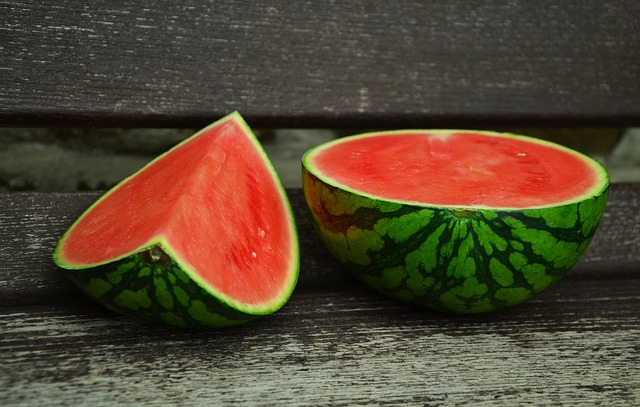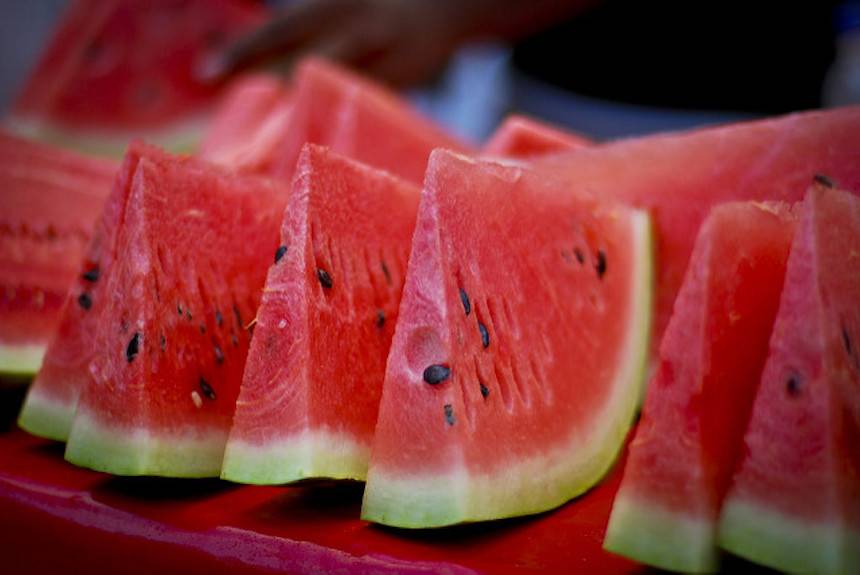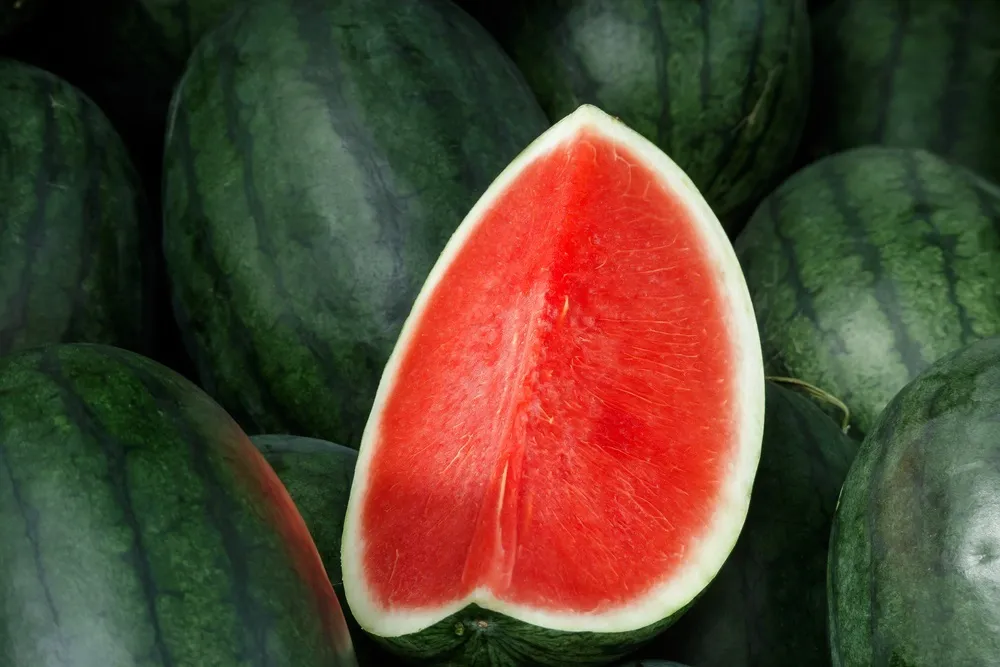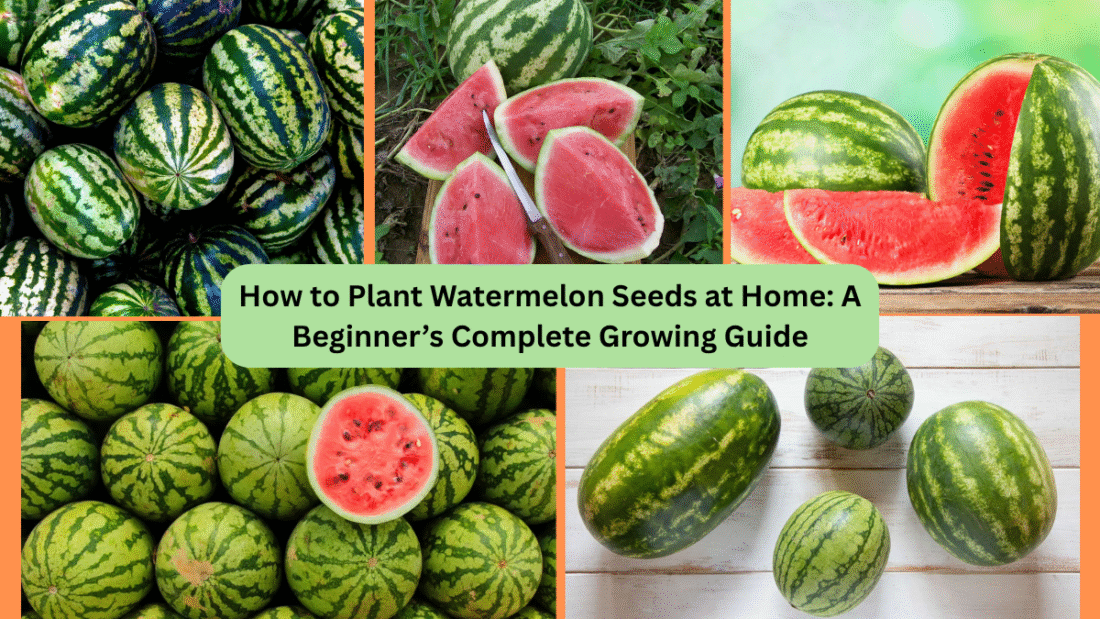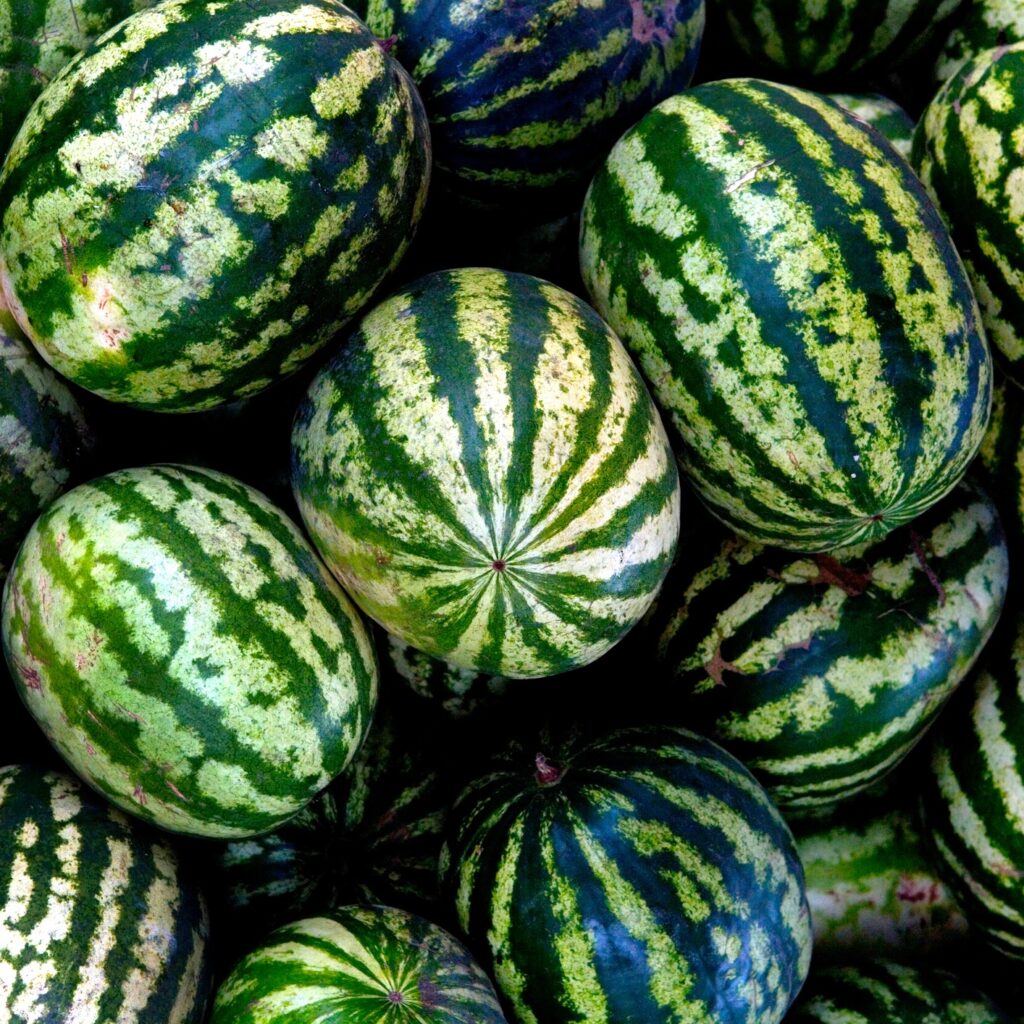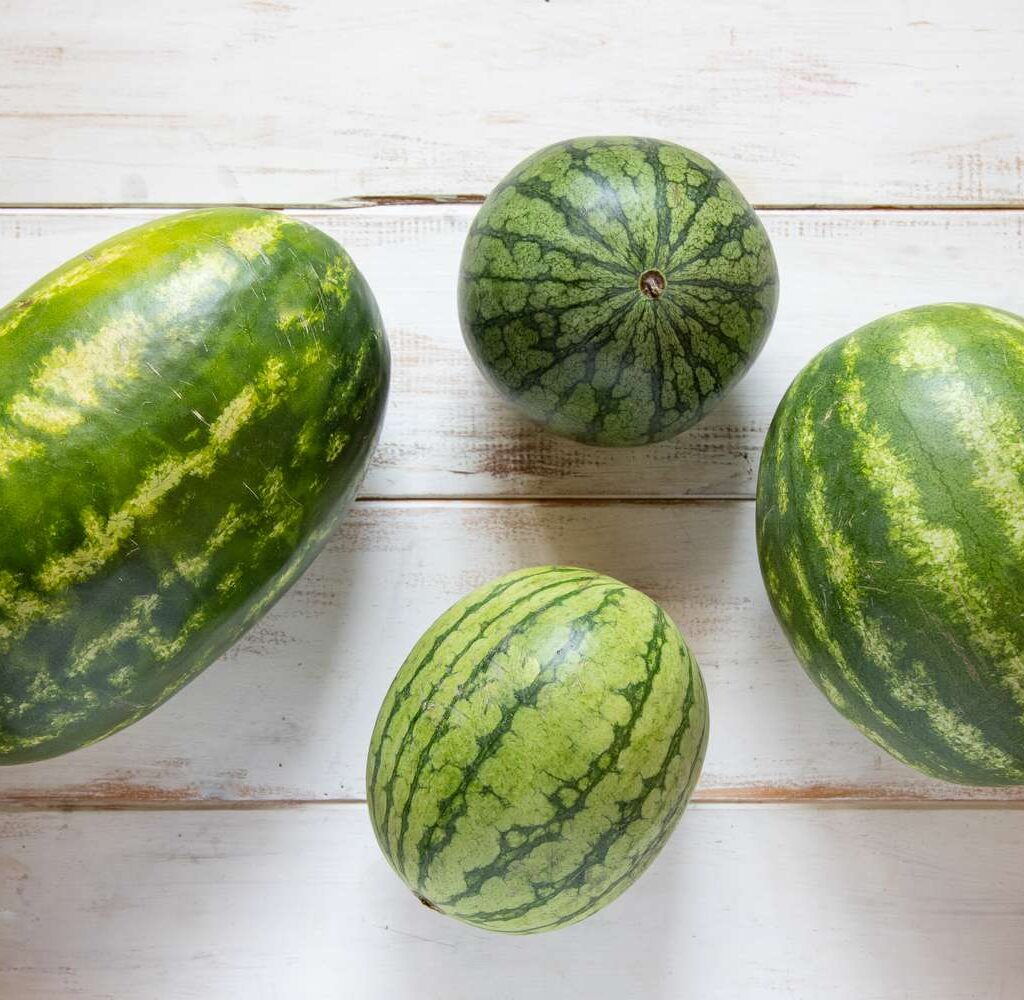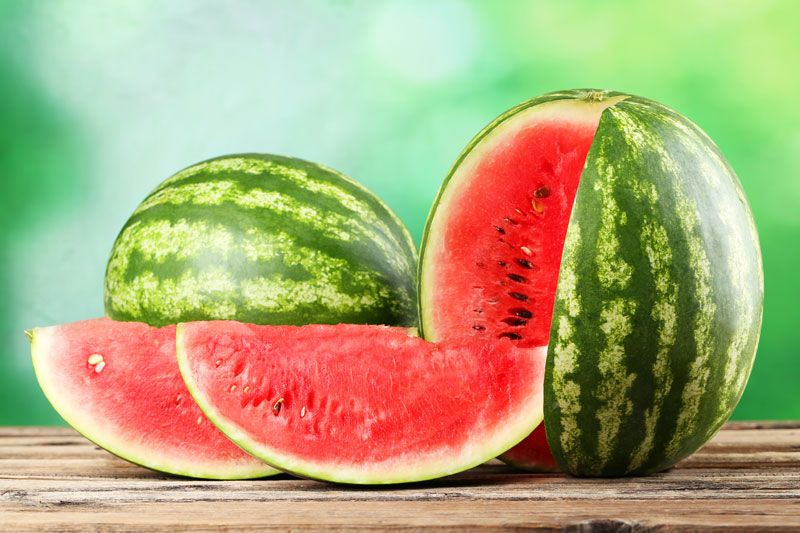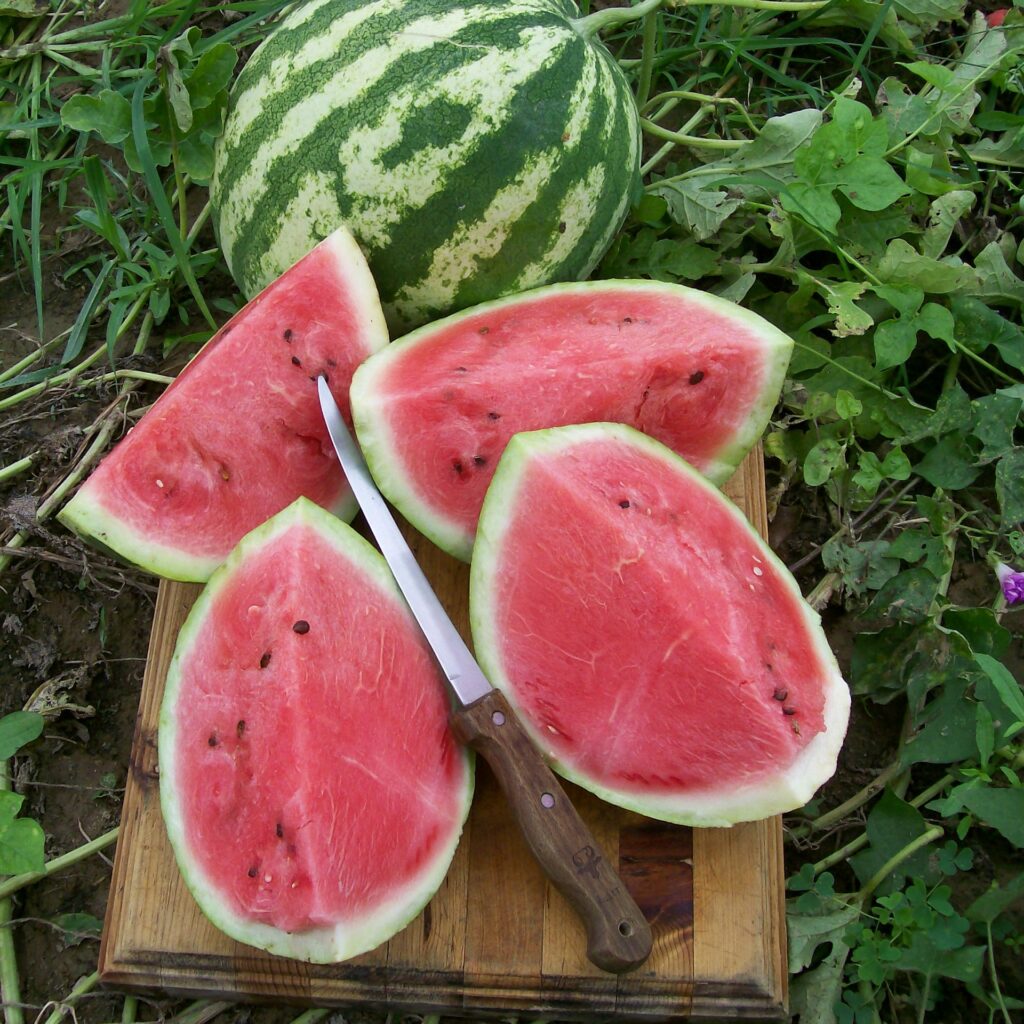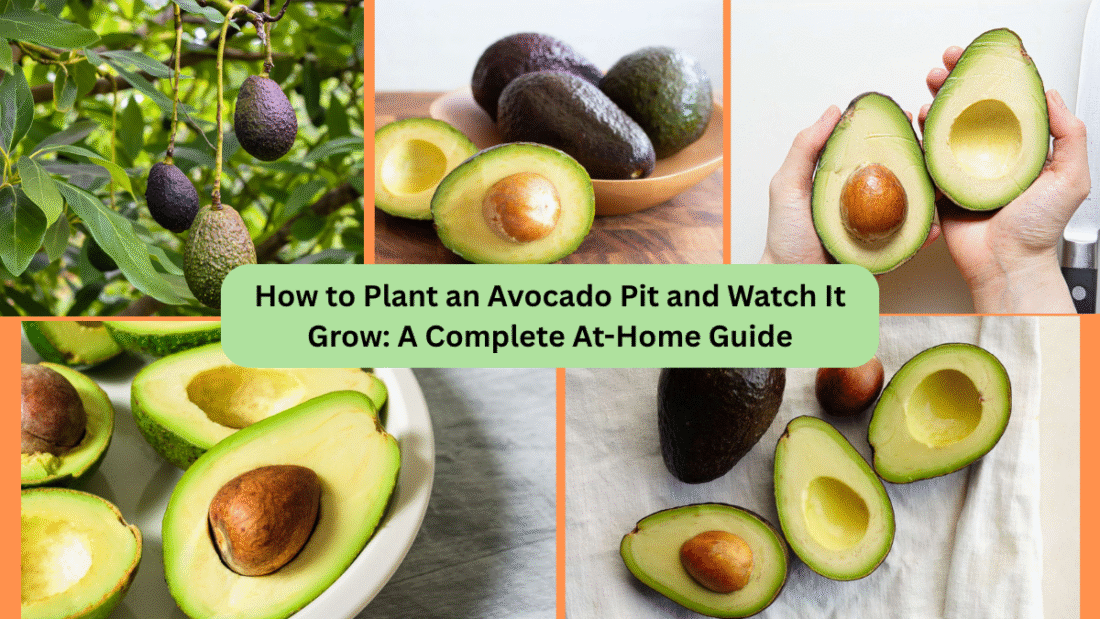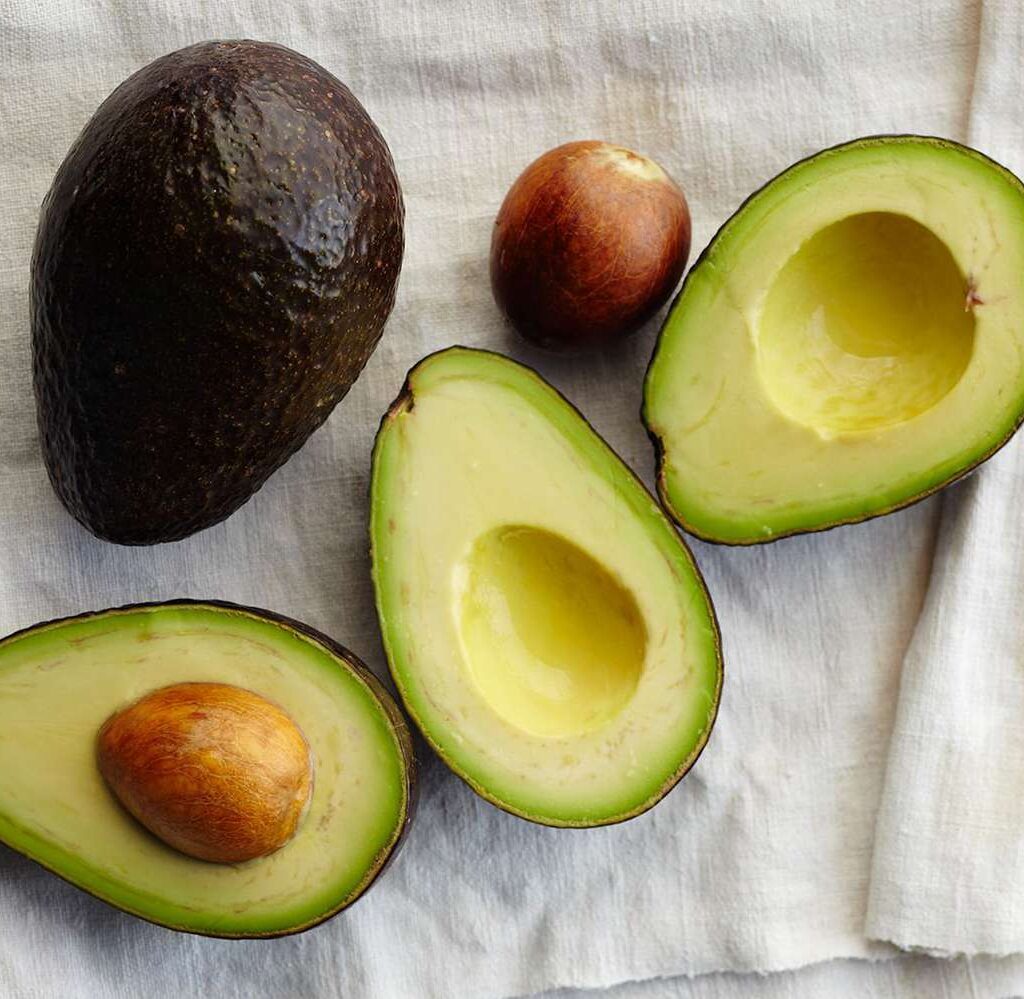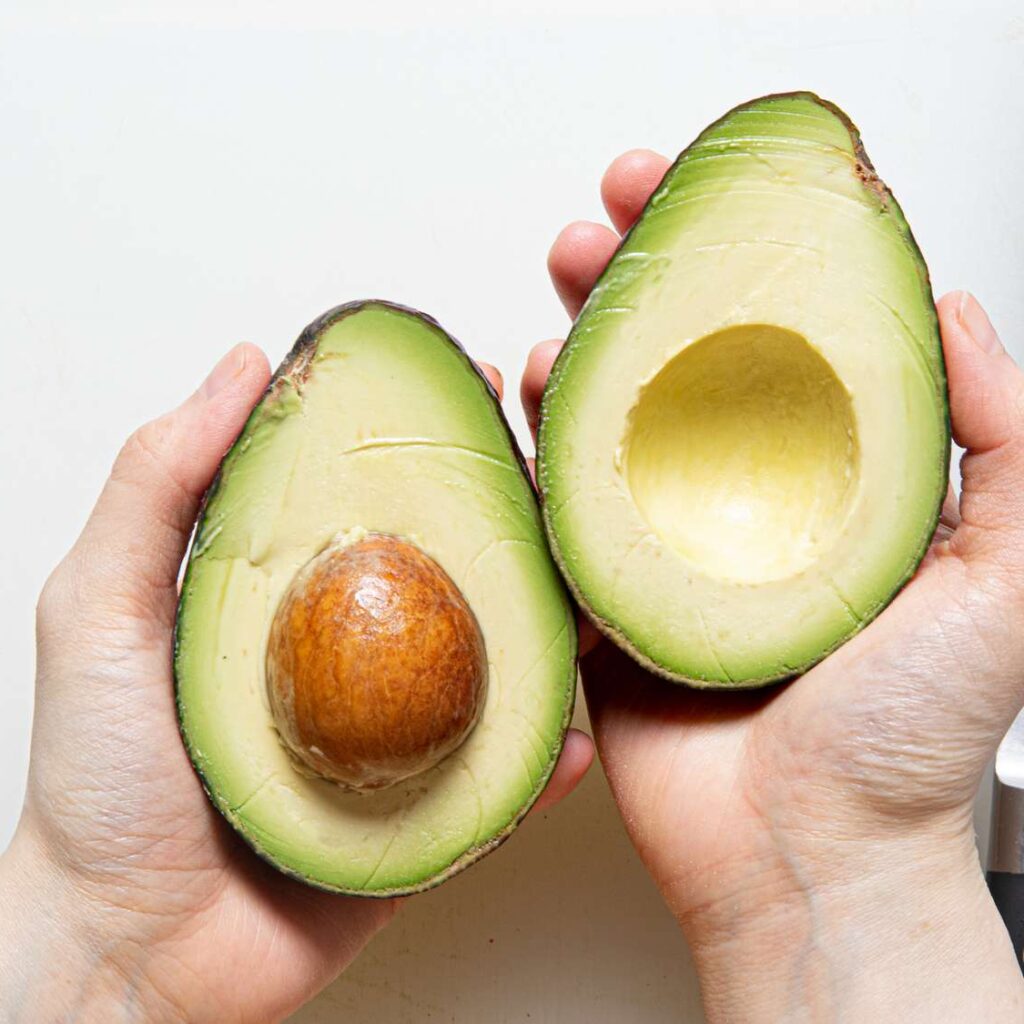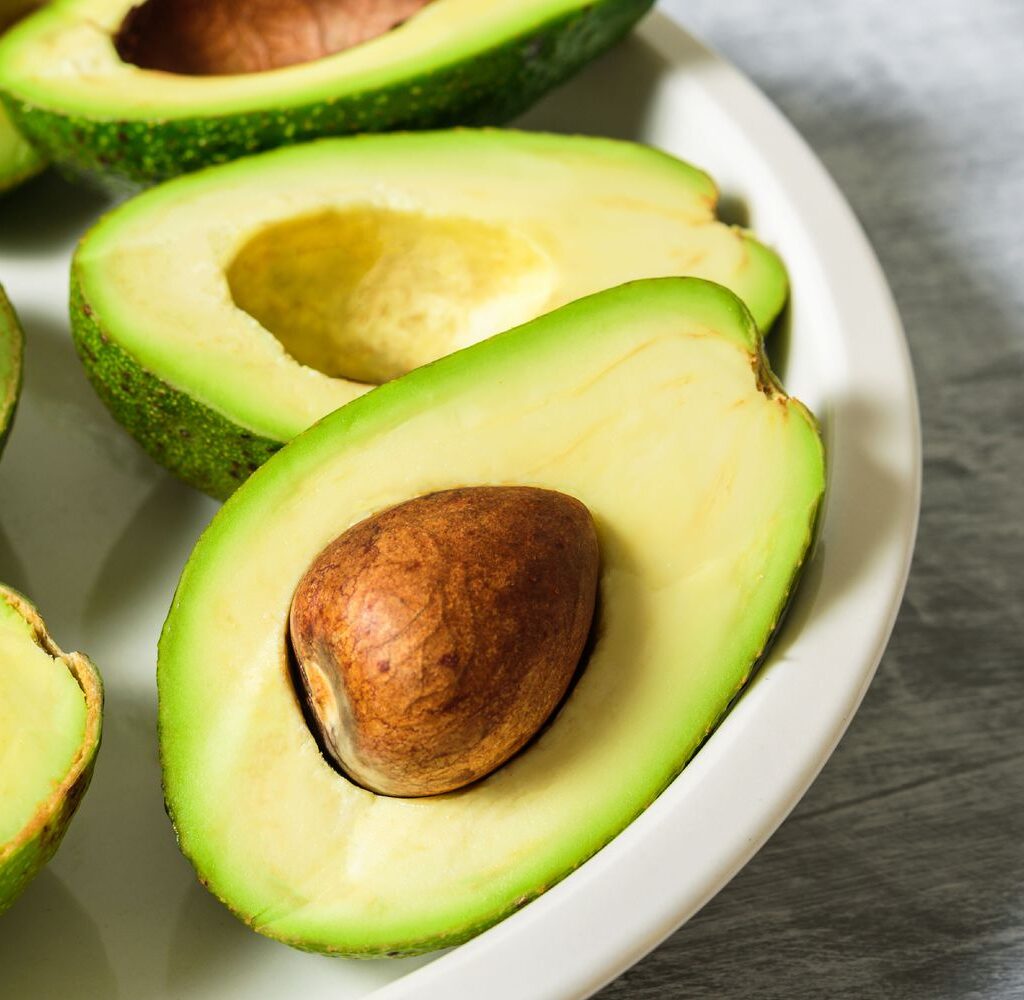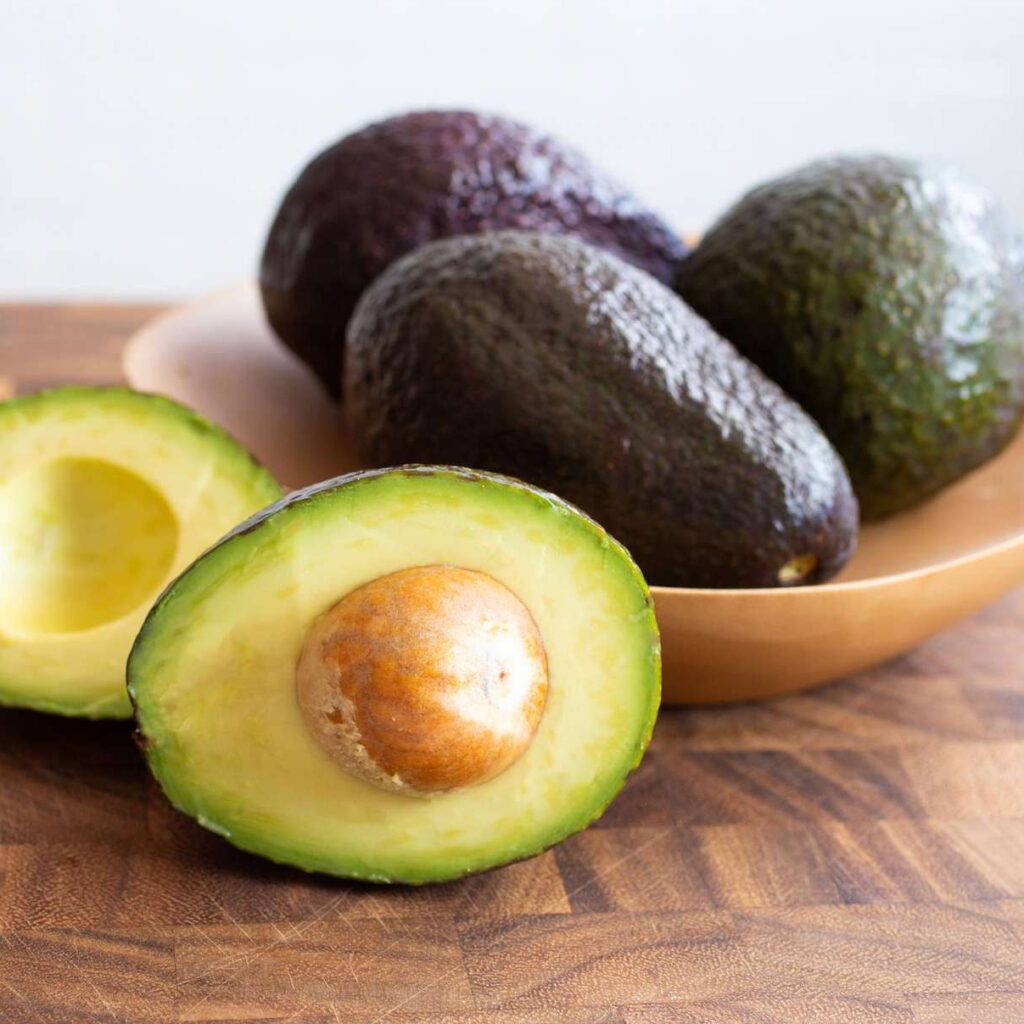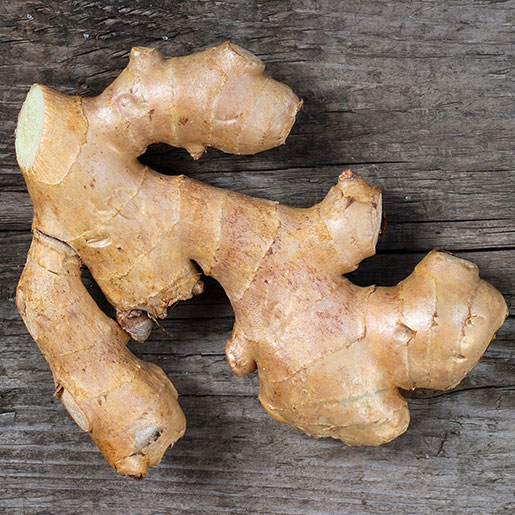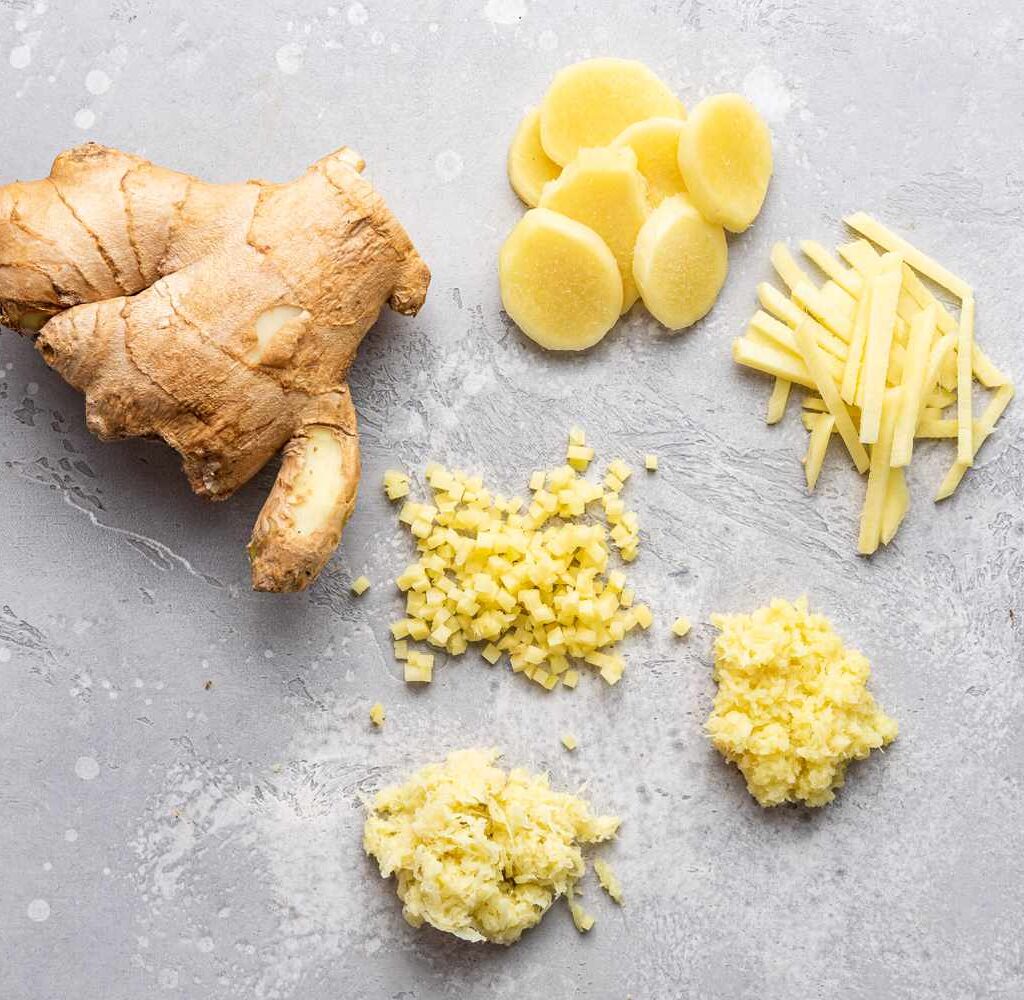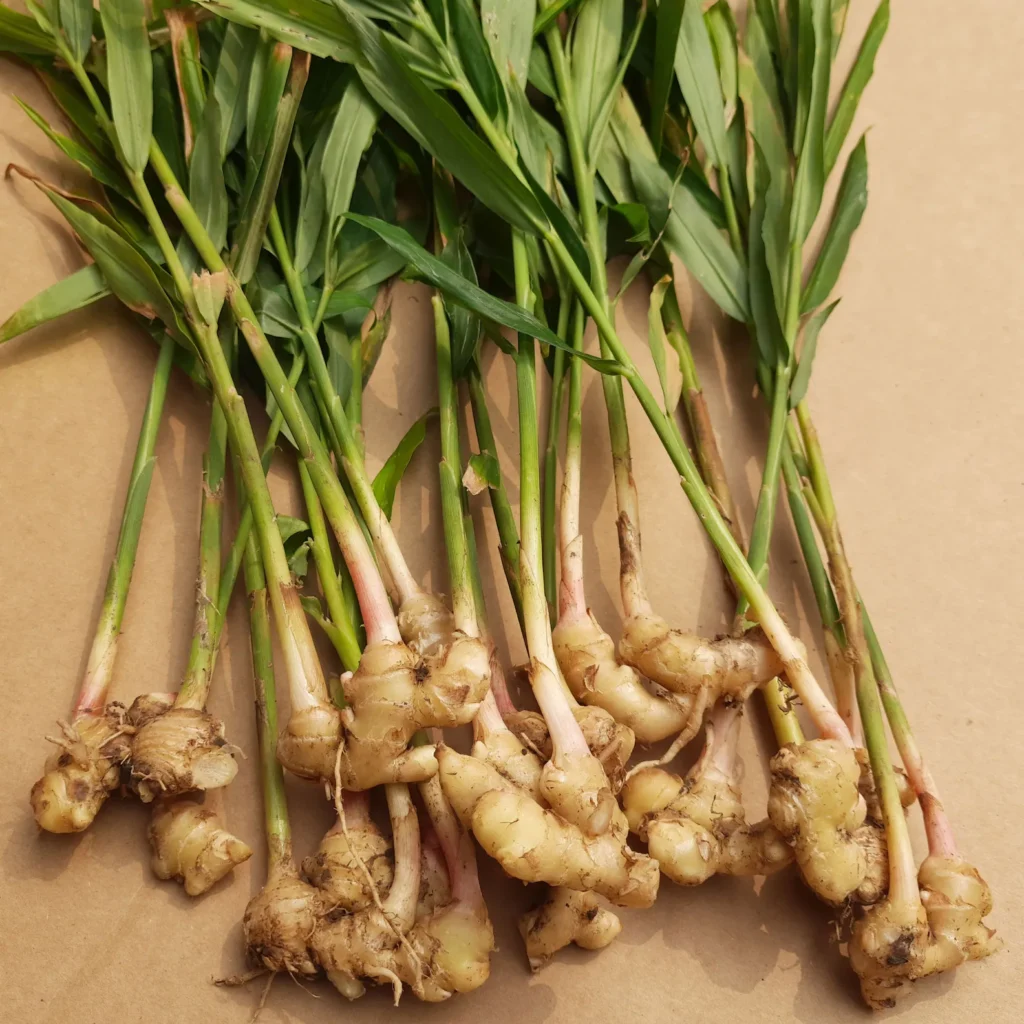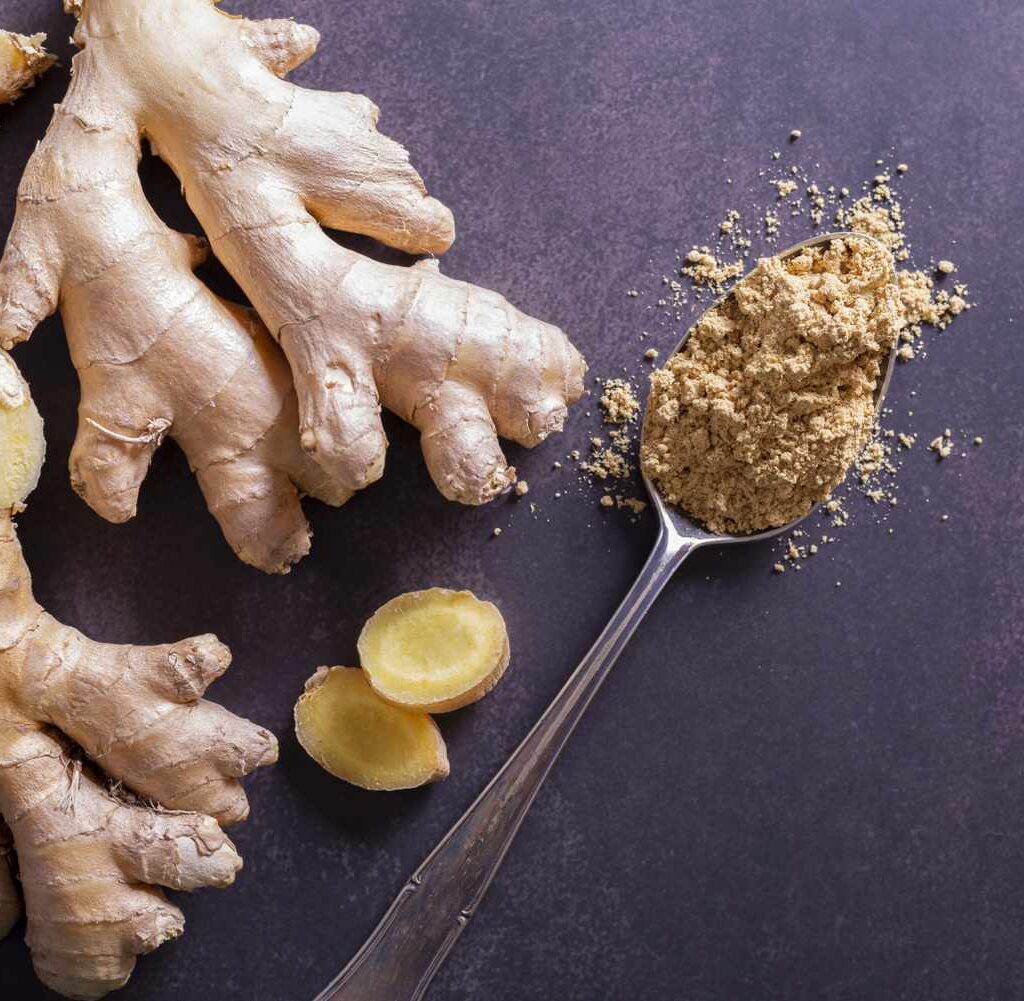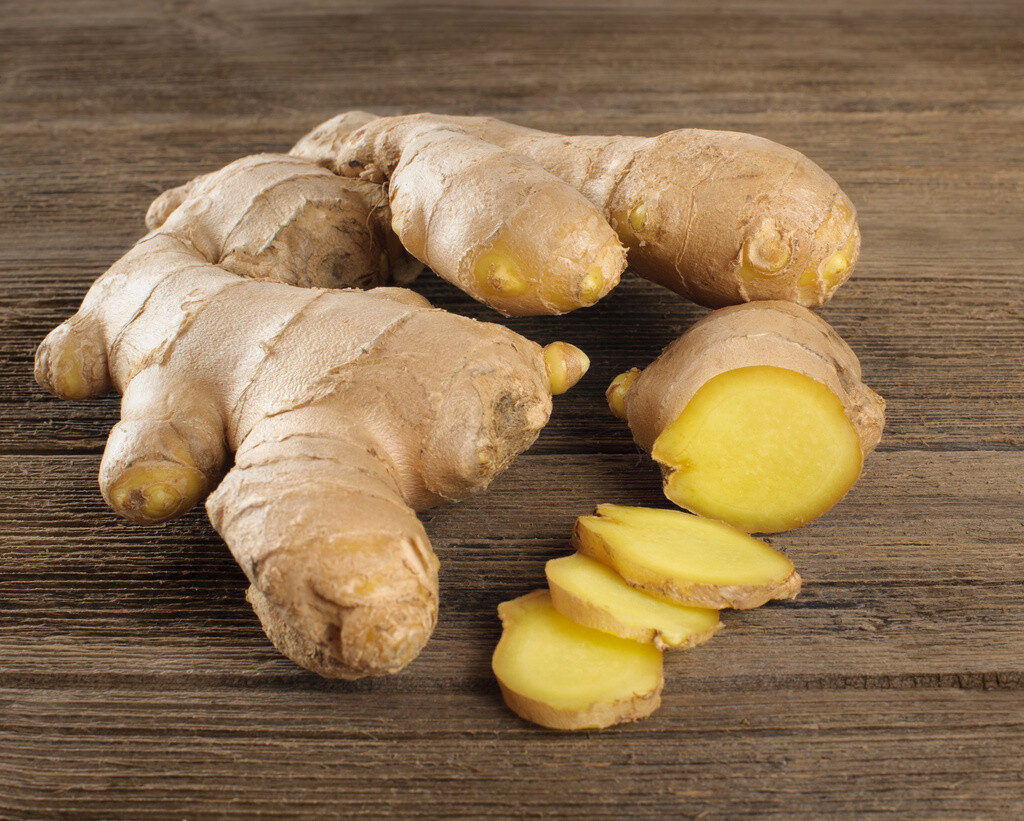The Money Tree (Pachira aquatica) has long been celebrated for its striking appearance, low-maintenance nature, and the good fortune it’s believed to bring to homes and businesses. With its braided trunk and lush, glossy green leaves, this plant adds a beautiful tropical touch to any indoor space. But like all houseplants, it thrives best when given the right care.
If you’ve recently added a Money Tree to your collection—or plan to—it’s essential to understand how to keep it healthy, vibrant, and flourishing. In this detailed guide, we’ll explore the best ways to keep Money Trees thriving, covering everything from ideal lighting and watering practices to soil, humidity, and troubleshooting common issues.
A Quick Overview of the Money Tree
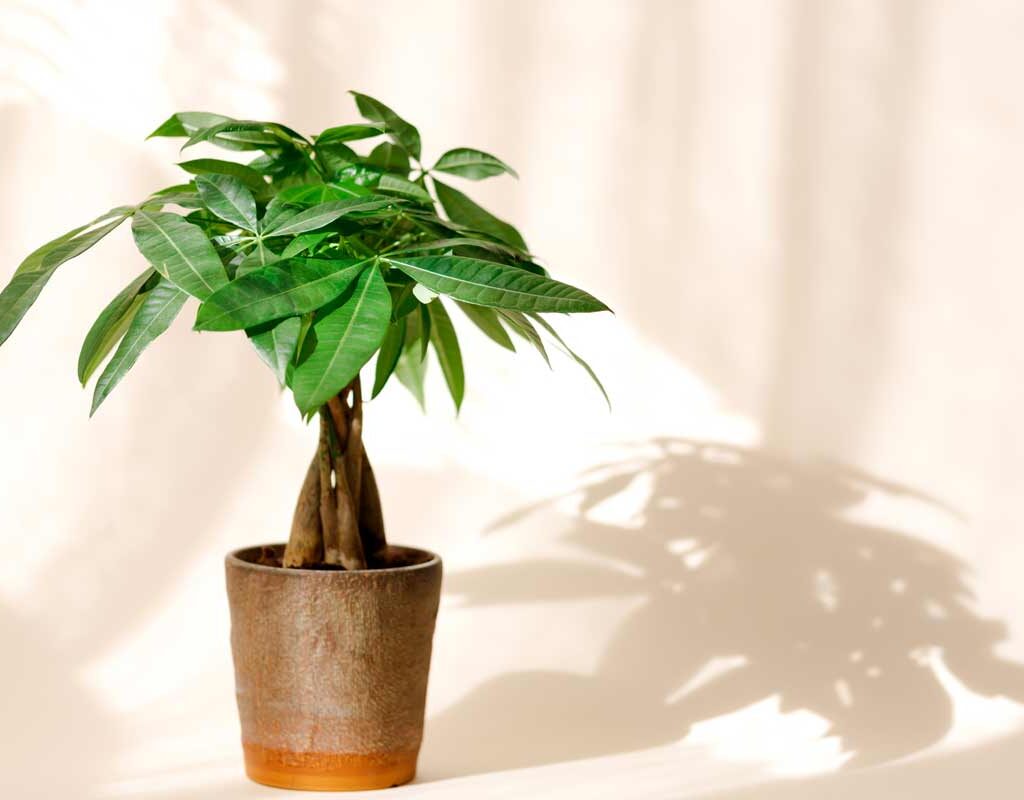
Native to Central and South America, particularly swampy areas in countries like Mexico, Brazil, and Costa Rica, the Money Tree naturally grows in humid, tropical conditions. Indoors, it can grow up to 6-8 feet tall with proper care, though in the wild it can reach an astonishing 60 feet.
Aside from its ornamental appeal, the plant is also steeped in symbolism. According to Feng Shui principles, Money Trees attract positive energy, financial prosperity, and good luck.
Provide the Perfect Light Conditions
Light plays a crucial role in a Money Tree’s health. While this plant is relatively adaptable, it has its preferences:
Ideal Light: Bright, Indirect Sunlight
Money Trees thrive in bright, indirect light. Place them near an east or south-facing window where they can enjoy filtered light for most of the day. A sheer curtain works well to soften direct sun exposure.
Avoid Harsh Direct Sun
Prolonged exposure to strong, direct sunlight—especially from west-facing windows—can scorch the leaves, leaving them dry and brown at the tips.
Can They Survive in Low Light?
Yes, Money Trees can tolerate lower light, but growth may slow, and leaves could become sparse. If natural light is insufficient, consider using a full-spectrum grow light to supplement.
Pro Tip:
Rotate your Money Tree by a quarter turn each week to ensure balanced growth on all sides.
Master the Art of Watering
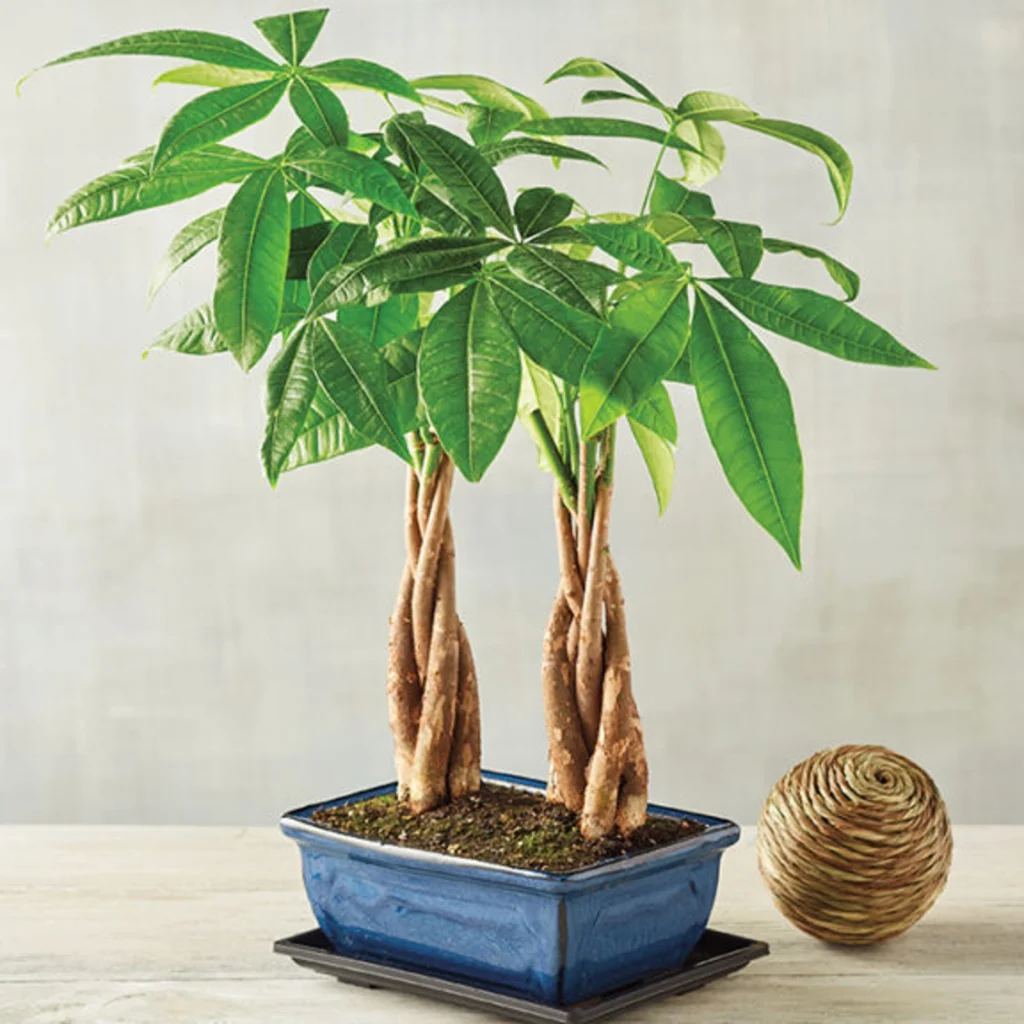
Watering is one of the most common areas where plant owners struggle with Money Trees. Overwatering or underwatering can both lead to problems.
How Often Should You Water a Money Tree?
- Spring & Summer: Water every 7-10 days, or when the top 1-2 inches of soil feels dry.
- Fall & Winter: Water less frequently, about every 2-3 weeks, since growth slows during these months.
How to Water Properly
- Water deeply until excess drains from the pot’s bottom.
- Always empty the drainage tray to prevent root rot.
- Avoid letting the soil stay consistently soggy.
Watch for Signs of Overwatering:
- Yellowing leaves
- Soft, mushy stems
- Foul-smelling soil
If you notice these, reduce watering immediately and check for root health.
Signs of Underwatering:
- Crispy, dry leaf edges
- Drooping leaves
- Soil pulling away from the pot’s sides
In this case, water thoroughly and increase humidity around the plant.
Use Well-Draining Soil
The right soil type is essential for preventing water-related issues. Money Trees prefer a well-draining, slightly acidic to neutral soil mix.
Ideal Soil Mix:
- Potting soil mixed with sand and perlite or orchid bark
- A cactus or succulent mix can also work well when blended with regular potting soil
Ensure your pot has drainage holes at the bottom to allow excess water to escape.
Keep It Warm and Humid
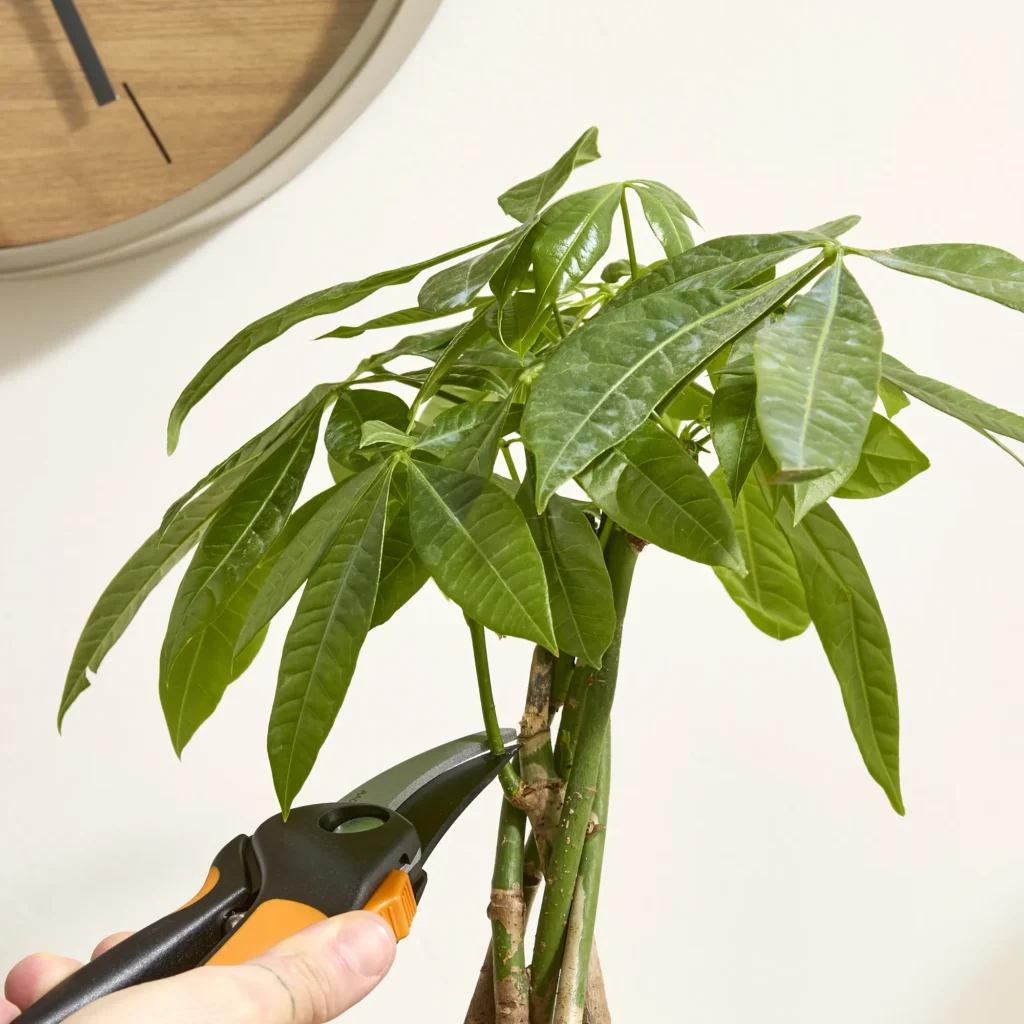
Being a tropical plant, the Money Tree loves warmth and humidity.
Ideal Temperature Range:
65°F to 80°F (18°C to 27°C)
Preferred Humidity Levels:
50% or higher. If your home has dry air (especially during winter), you can:
- Use a humidifier
- Group plants together to create a microclimate
- Place the pot on a pebble tray filled with water (ensuring the pot isn’t sitting directly in the water)
Avoid:
- Cold drafts
- Air conditioning vents
- Radiators or heating units
All of these can cause stress and leaf drop.
Regular Pruning for Health and Shape
Pruning helps maintain the plant’s shape and encourages bushier growth.
How to Prune a Money Tree:
- Use sterilized, sharp scissors or pruning shears.
- Trim off yellow, brown, or damaged leaves.
- Cut back leggy stems to encourage denser foliage.
You can also prune the top of the plant if it becomes too tall for your space.
Fertilizing for Healthy Growth
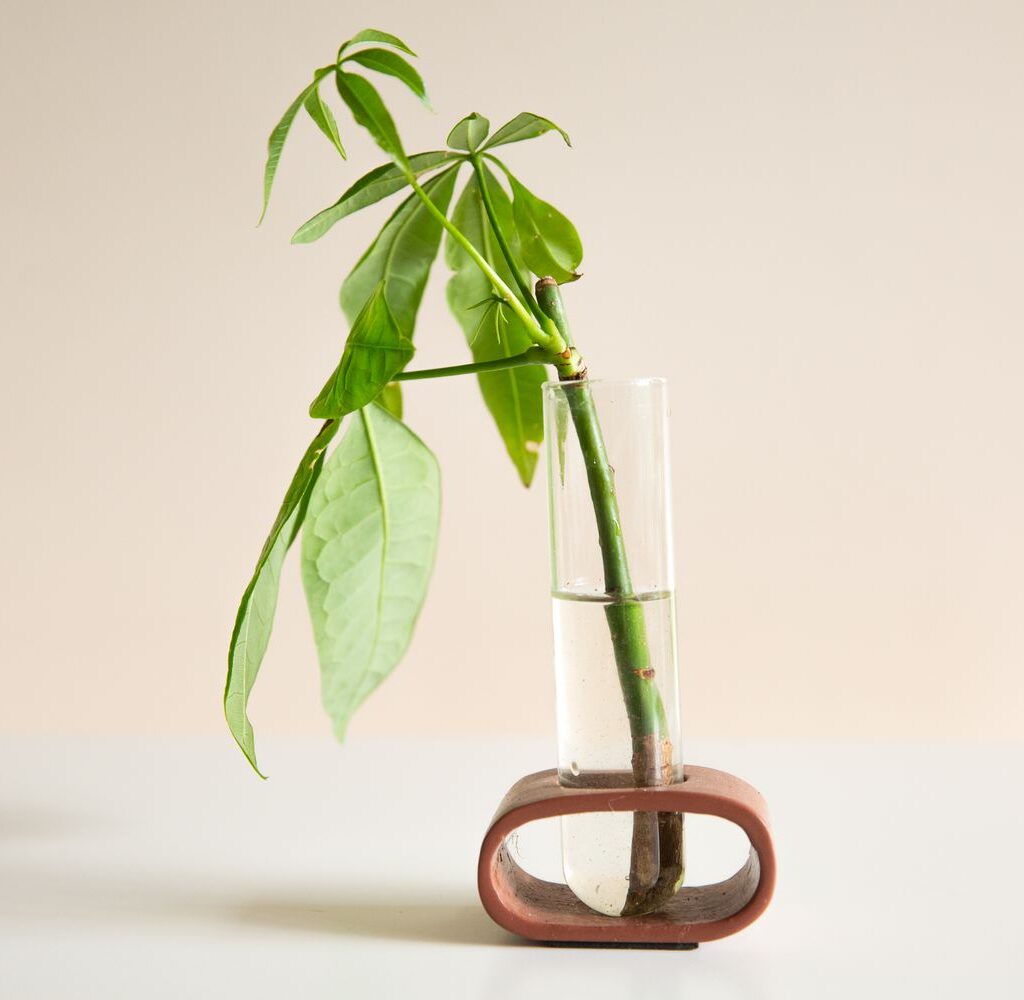
Money Trees aren’t heavy feeders, but a little boost now and then can help.
Best Fertilizer Type:
A balanced, water-soluble houseplant fertilizer (10-10-10 or 20-20-20)
When to Fertilize:
- During the growing season (spring & summer): Once a month
- During fall & winter: Hold off, as the plant’s growth naturally slows
Repotting When Necessary
Money Trees typically need repotting every 2-3 years.
Signs It’s Time to Repot:
- Roots are growing out of the drainage holes.
- The plant dries out quickly after watering.
- It seems top-heavy or growth has stalled.
When repotting:
- Choose a container 1-2 inches larger in diameter.
- Refresh the soil with a well-draining mix.
- Water thoroughly after repotting and give it a week or so to adjust.
Pests and Problems: Stay Watchful
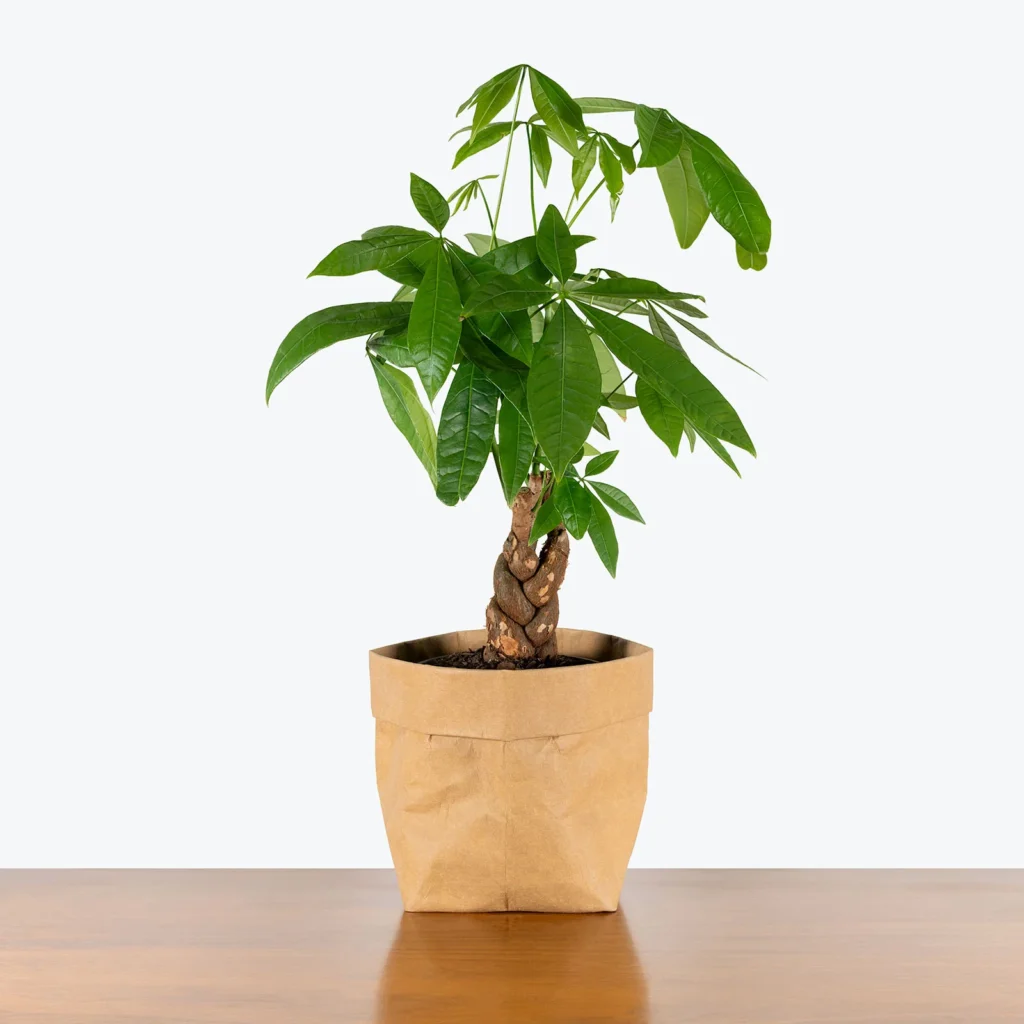
Money Trees are generally pest-resistant, but can occasionally attract:
- Spider mites
- Mealybugs
- Scale insects
How to Manage Them:
- Wipe leaves with a damp cloth.
- Spray with insecticidal soap or neem oil.
- Quarantine affected plants to prevent spreading.
Troubleshooting Quick Reference
| Problem | Possible Cause | Solution |
|---|---|---|
| Yellowing leaves | Overwatering | Reduce watering; check soil moisture |
| Brown leaf tips | Low humidity or underwatering | Increase humidity; water consistently |
| Drooping leaves | Too much or too little water | Adjust watering schedule |
| Sparse, leggy growth | Insufficient light | Move to brighter location or add a grow light |
| Leaf scorch or brown patches | Direct sun exposure | Relocate to area with filtered light |
Final Thoughts
Keeping a Money Tree thriving isn’t difficult once you understand its specific care preferences. By providing the right combination of bright, indirect light, moderate but thorough watering, well-draining soil, and a warm, humid environment, your Money Tree will not only survive but flourish for years to come.
Whether you’re growing it for its beauty or its legendary symbolism of prosperity, with these tips in hand, you’re well on your way to mastering the art of Money Tree care.

